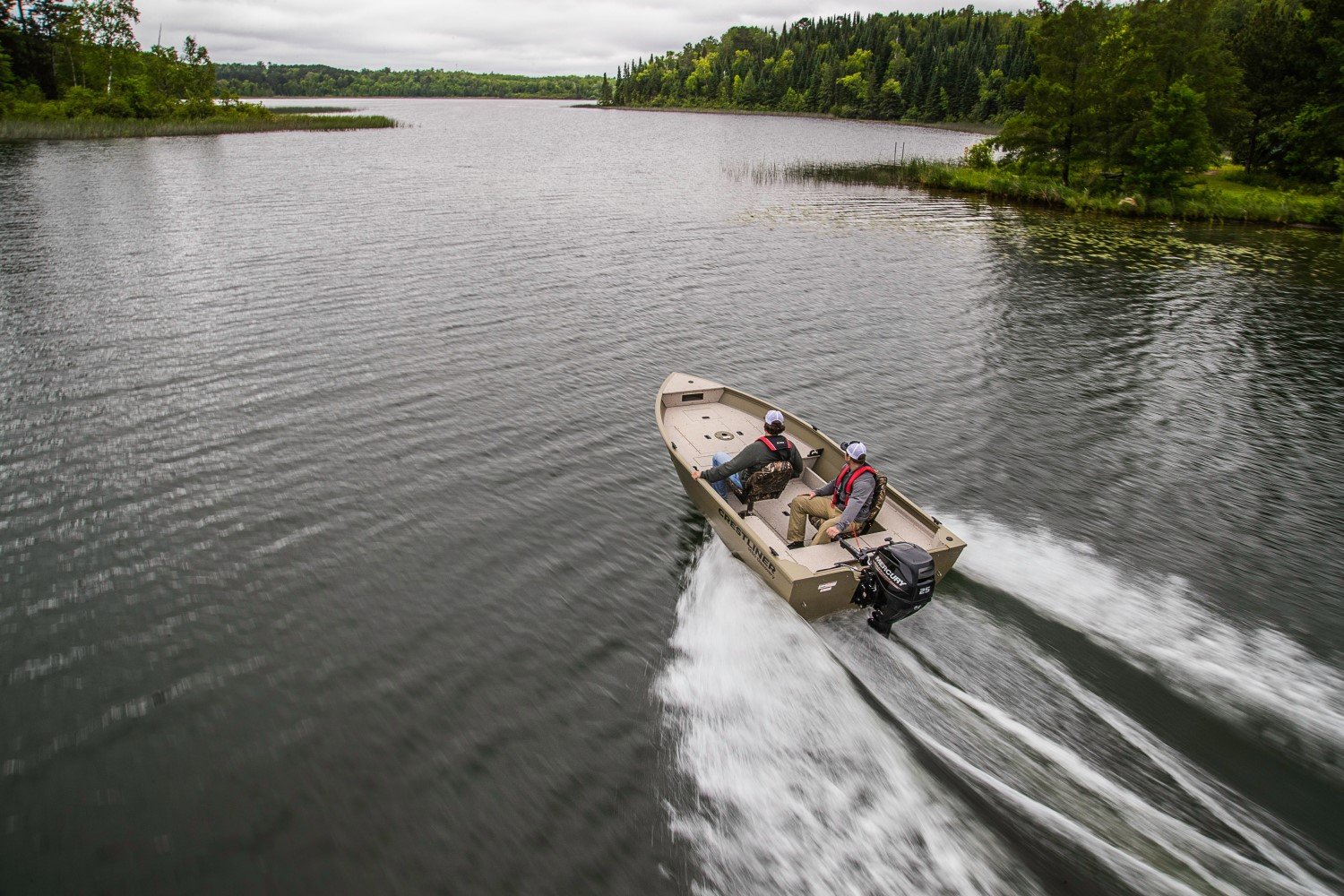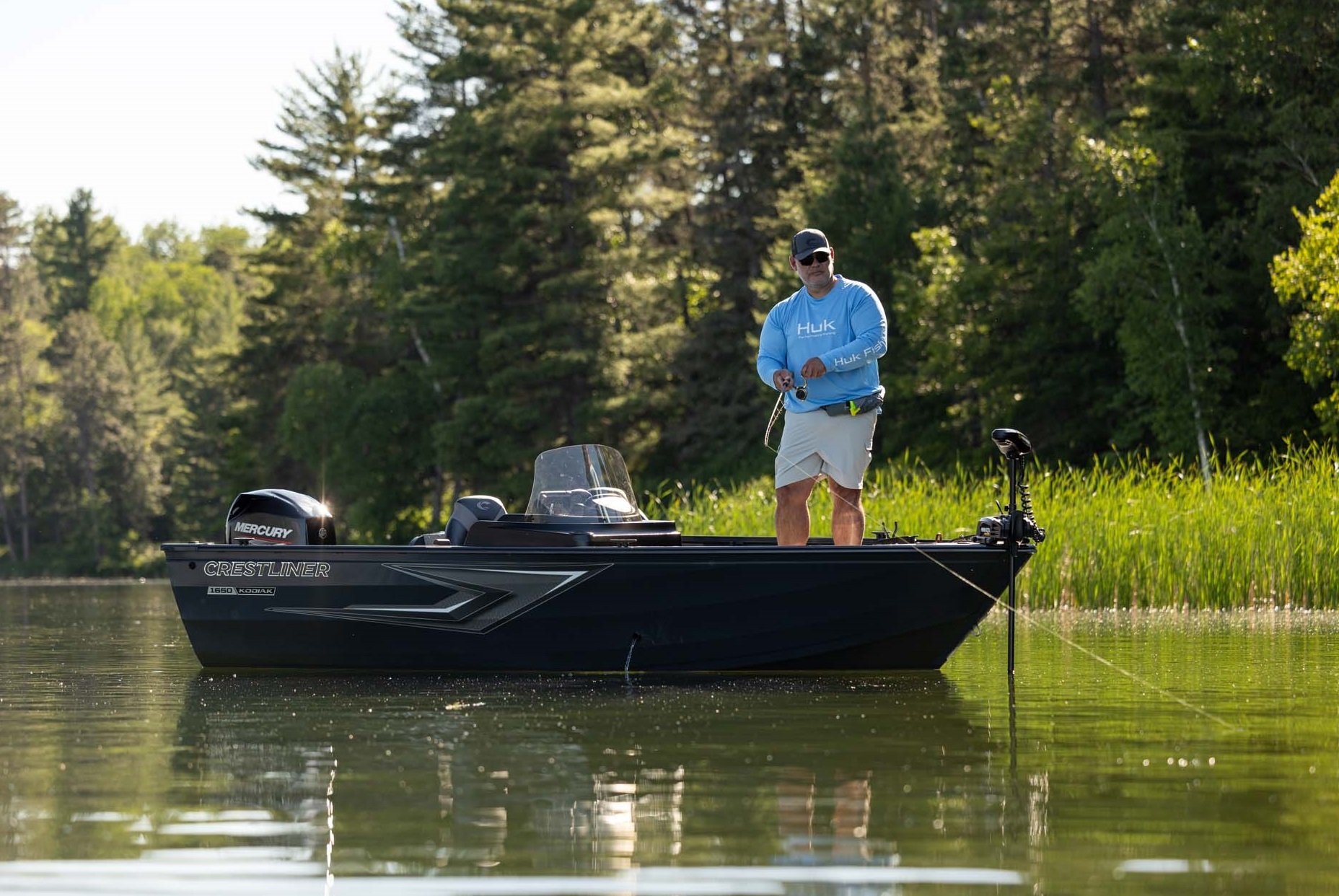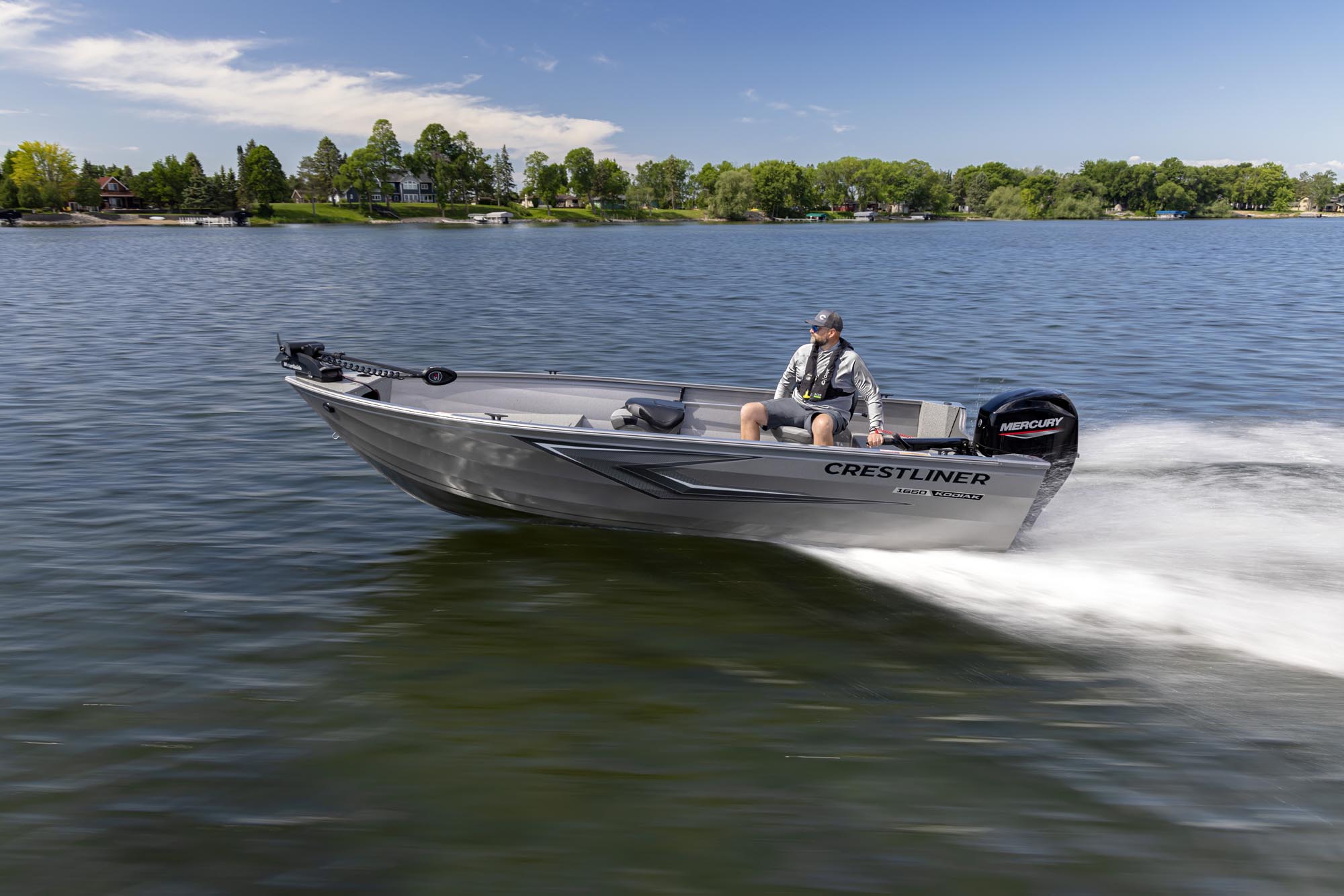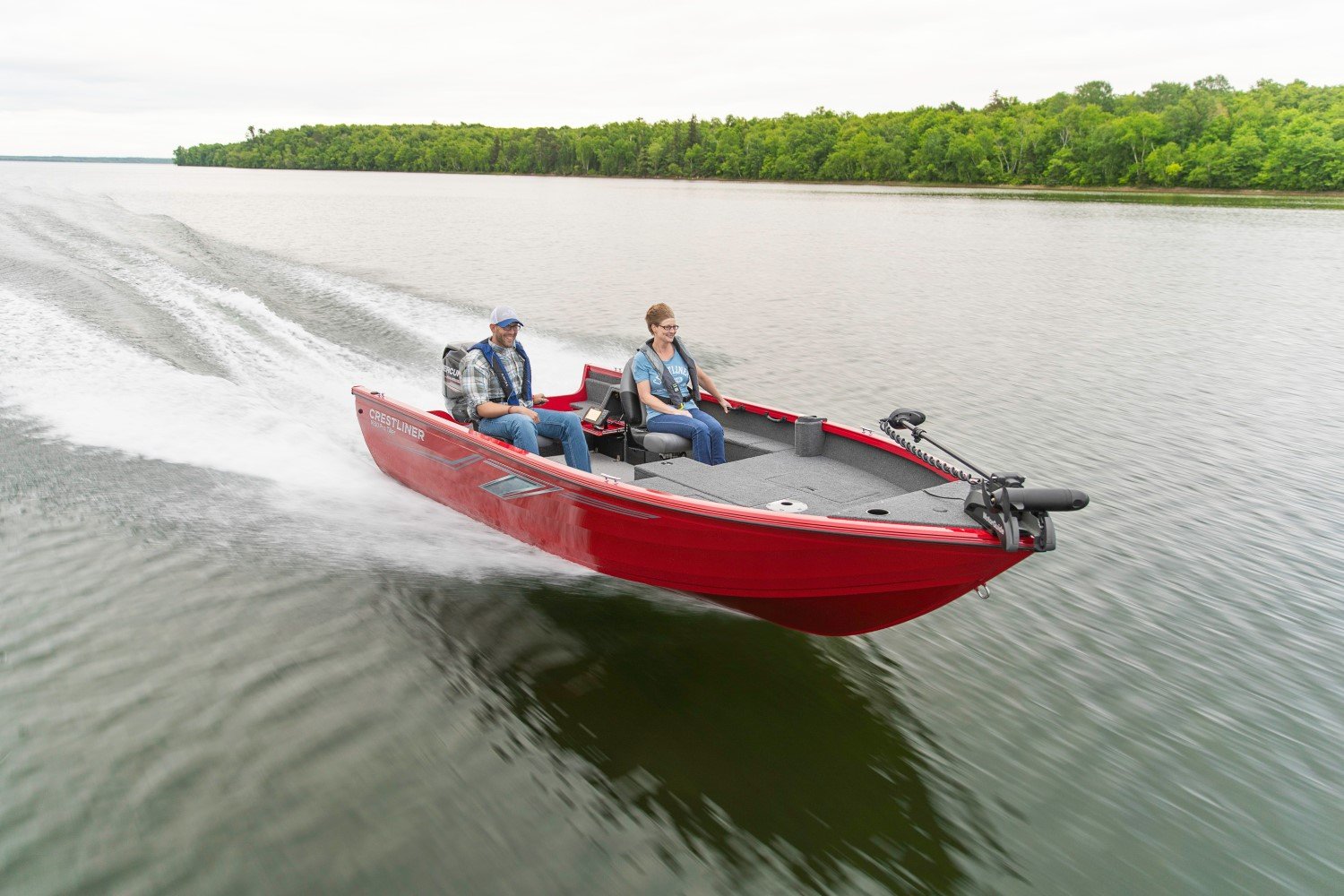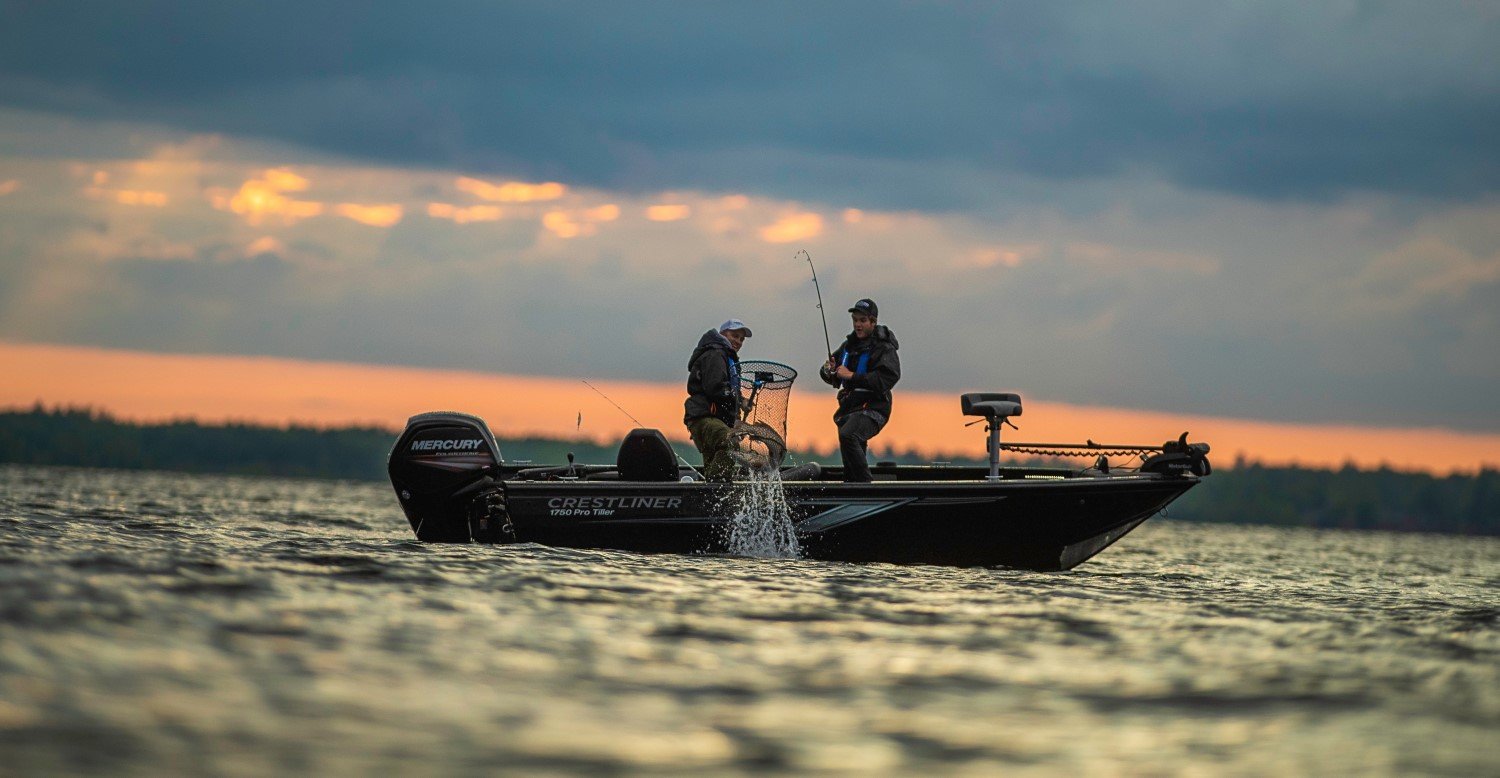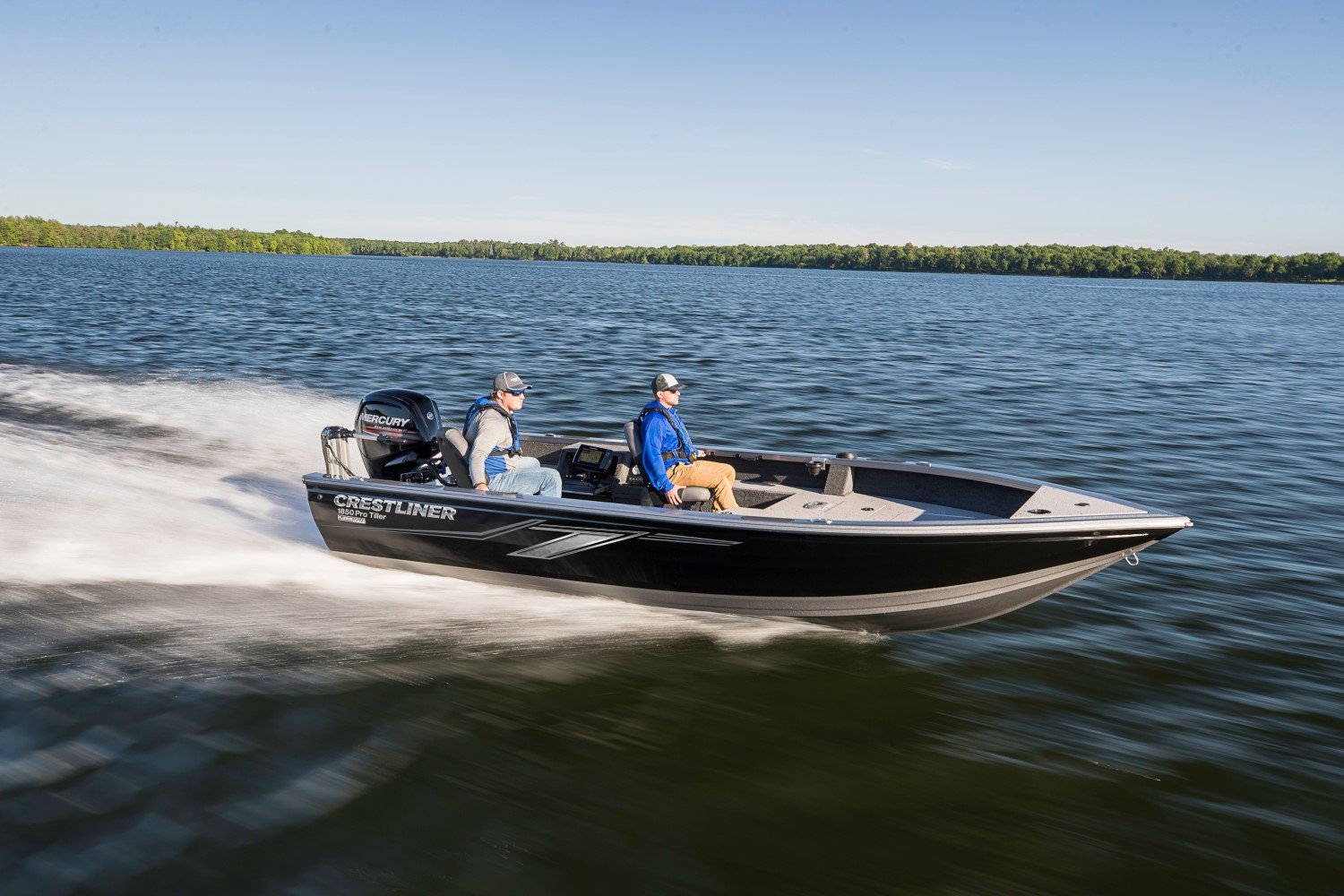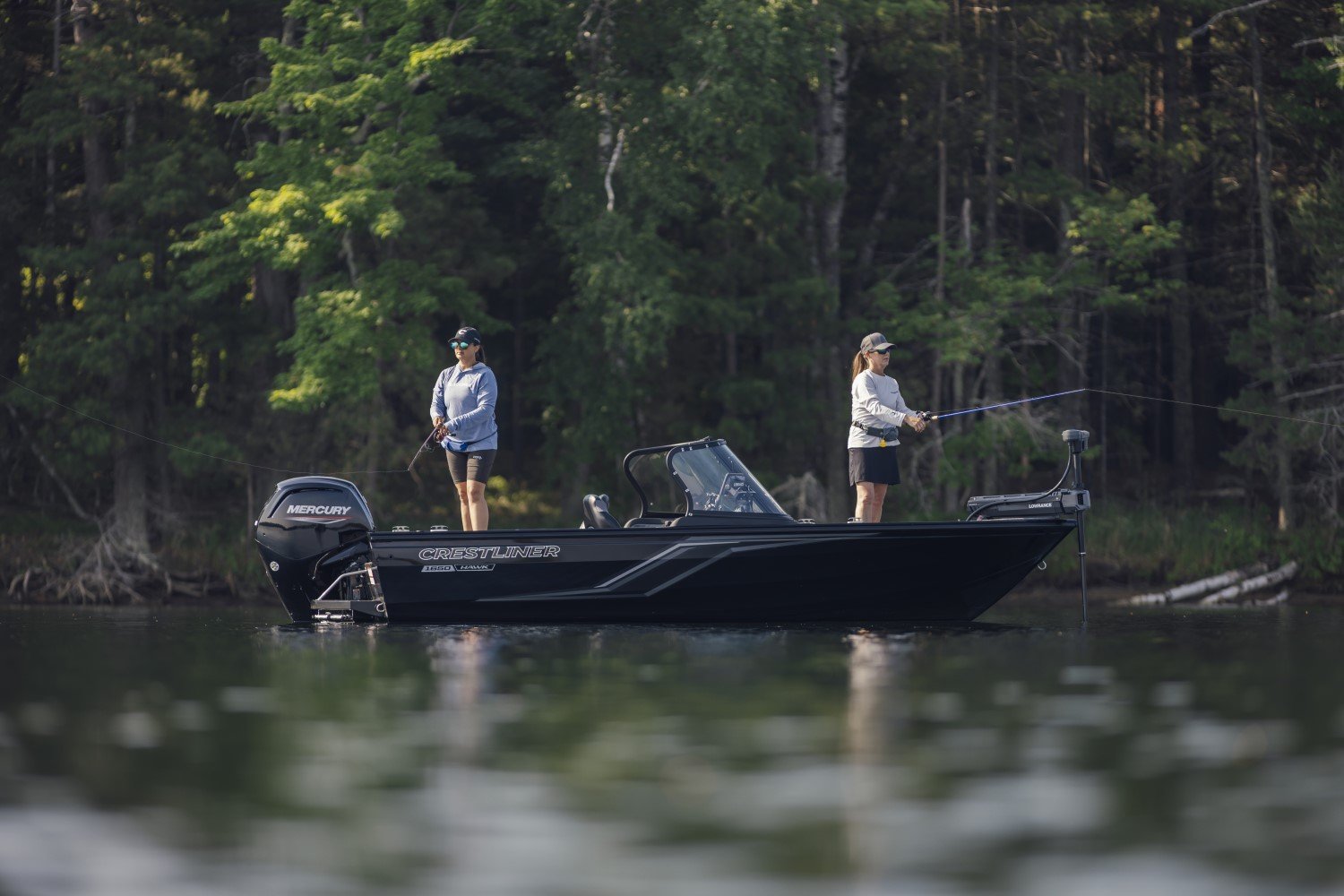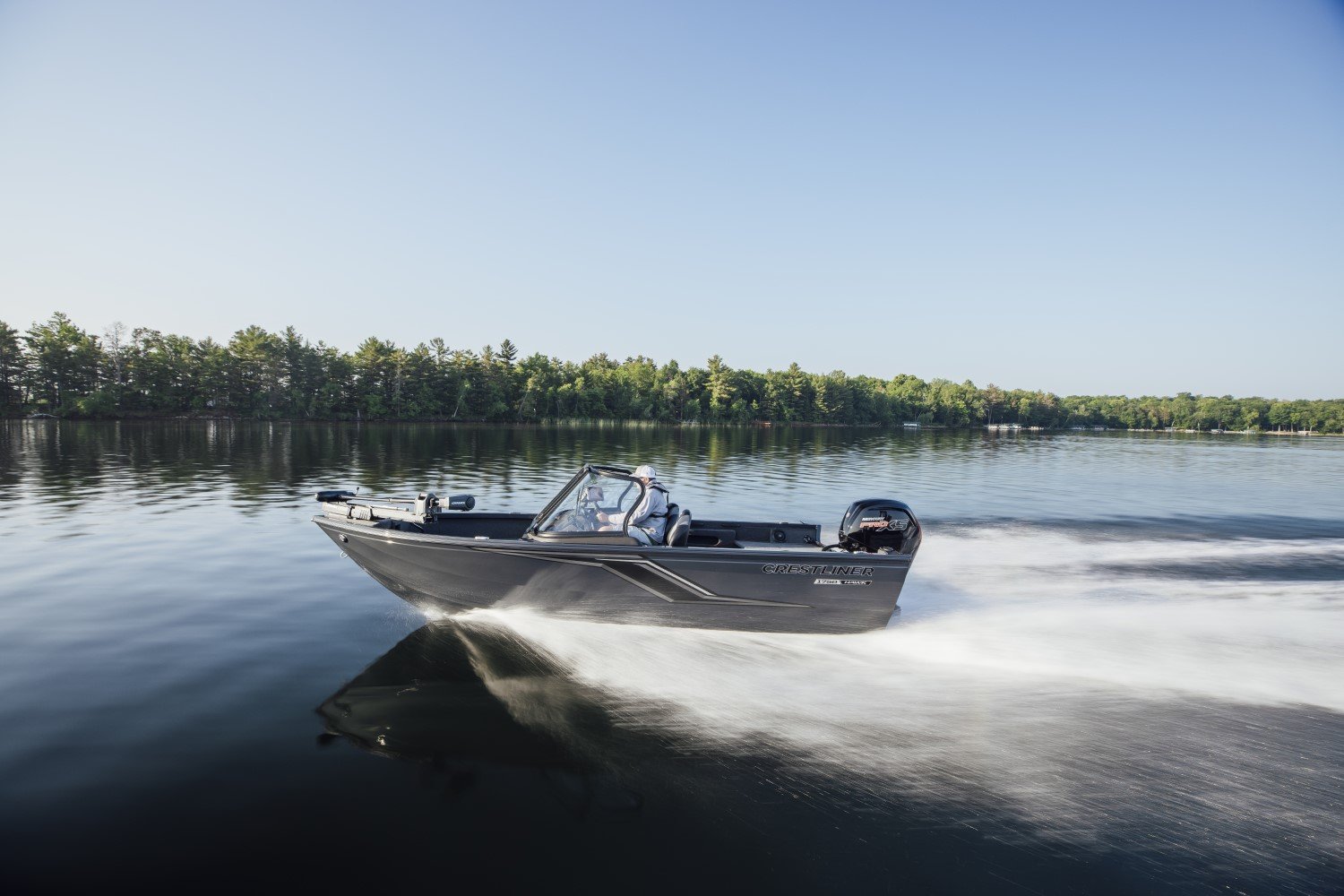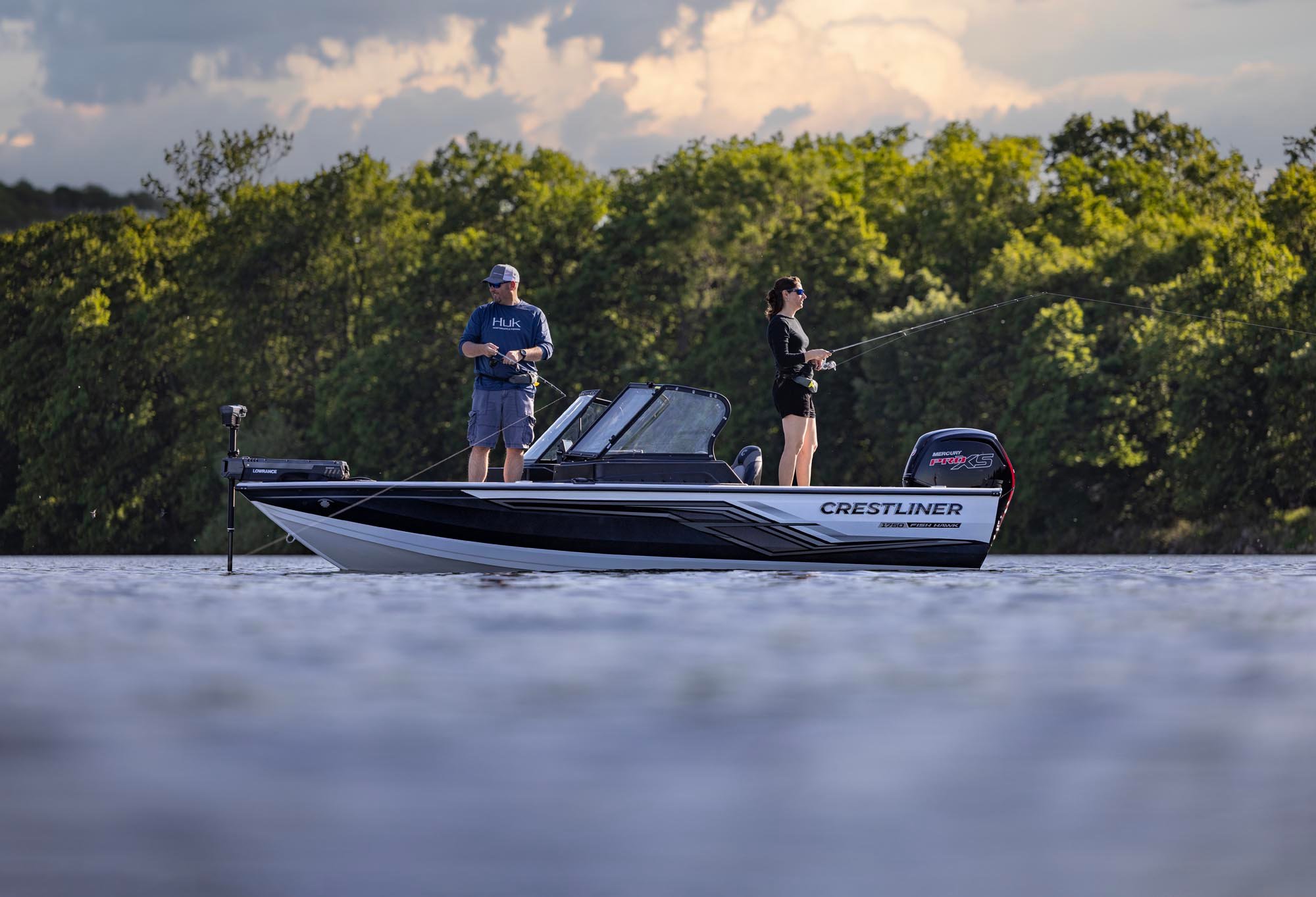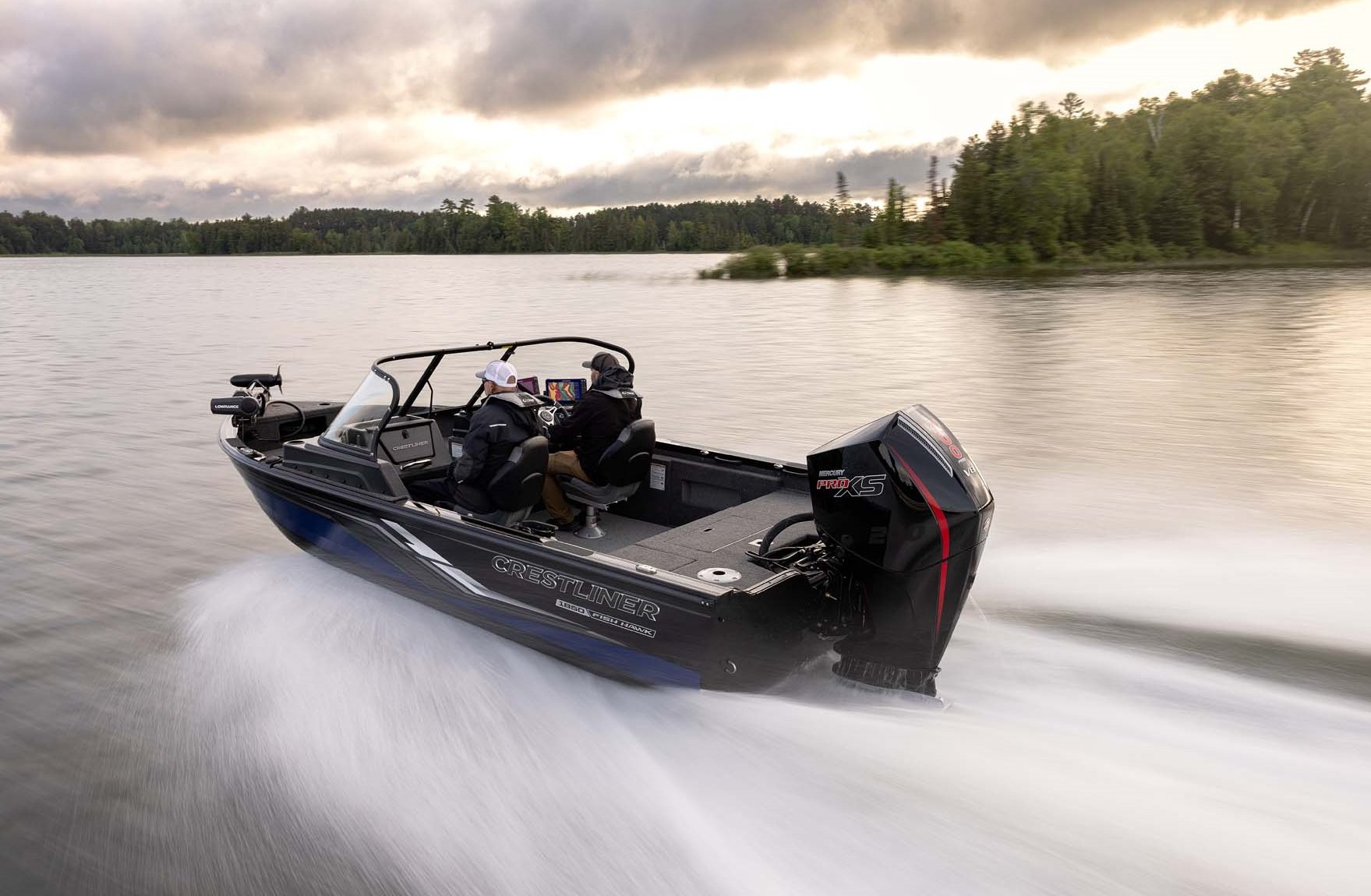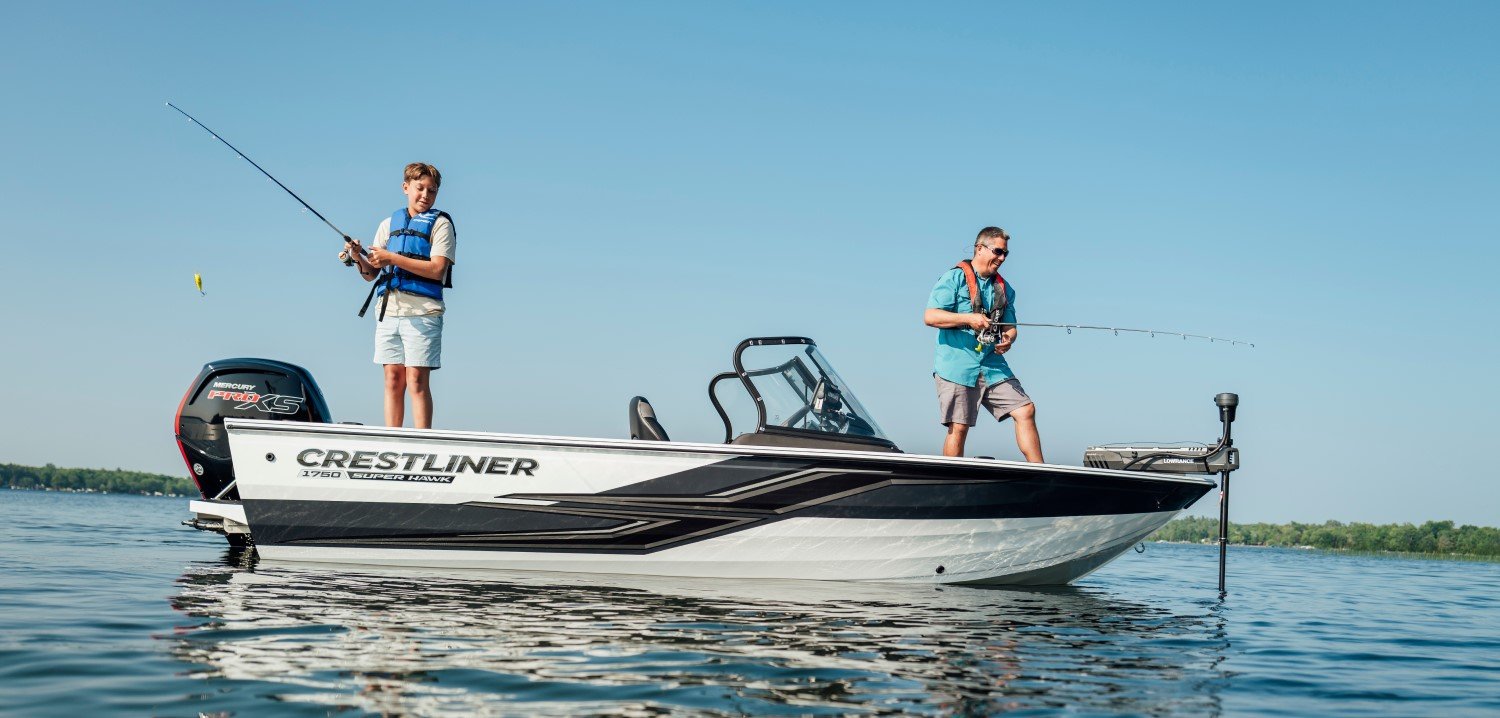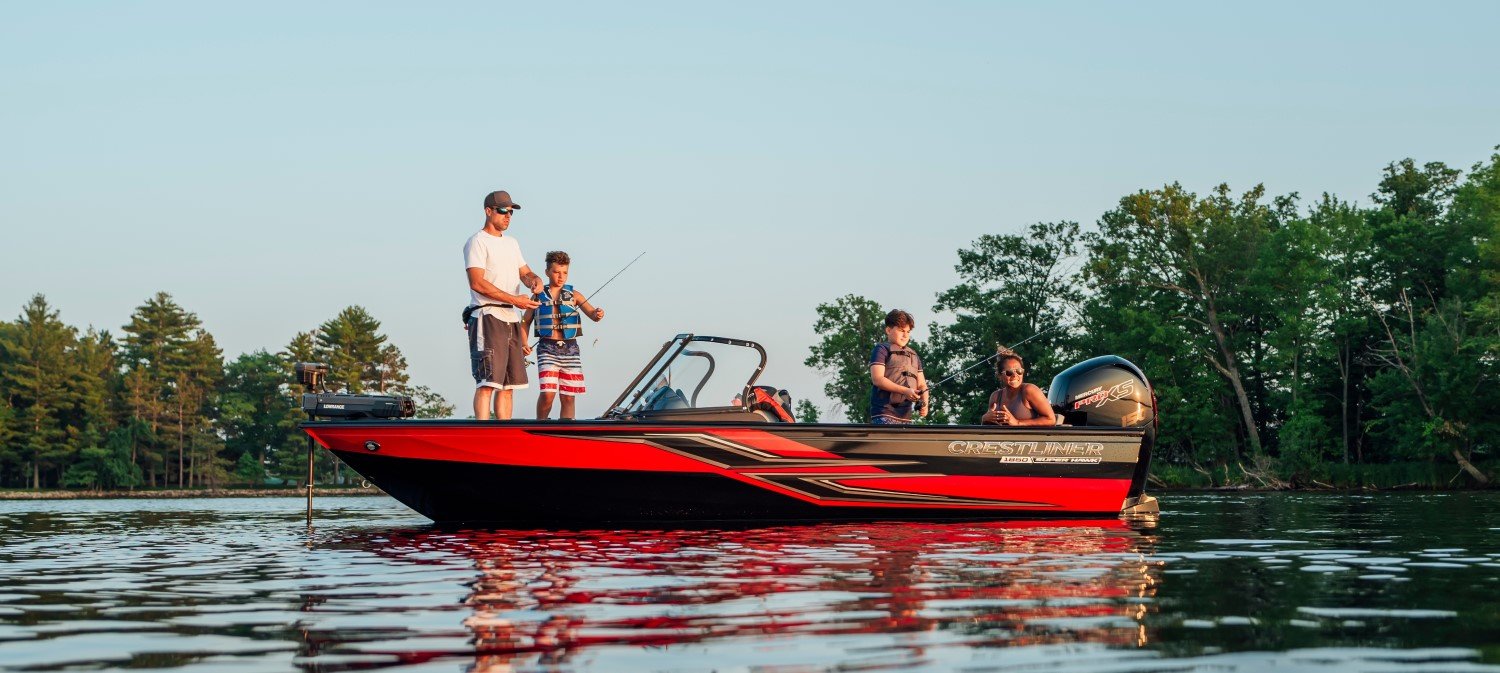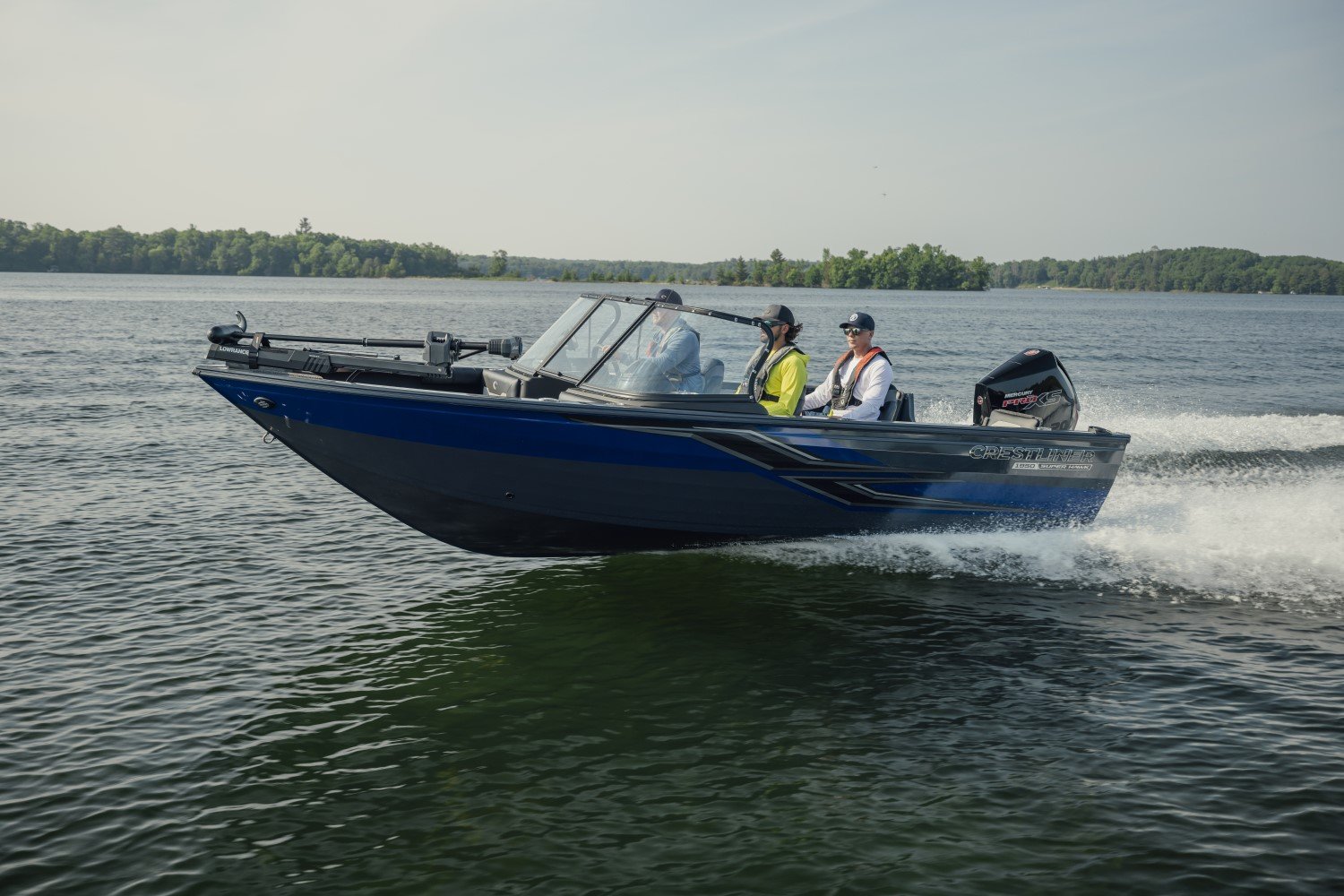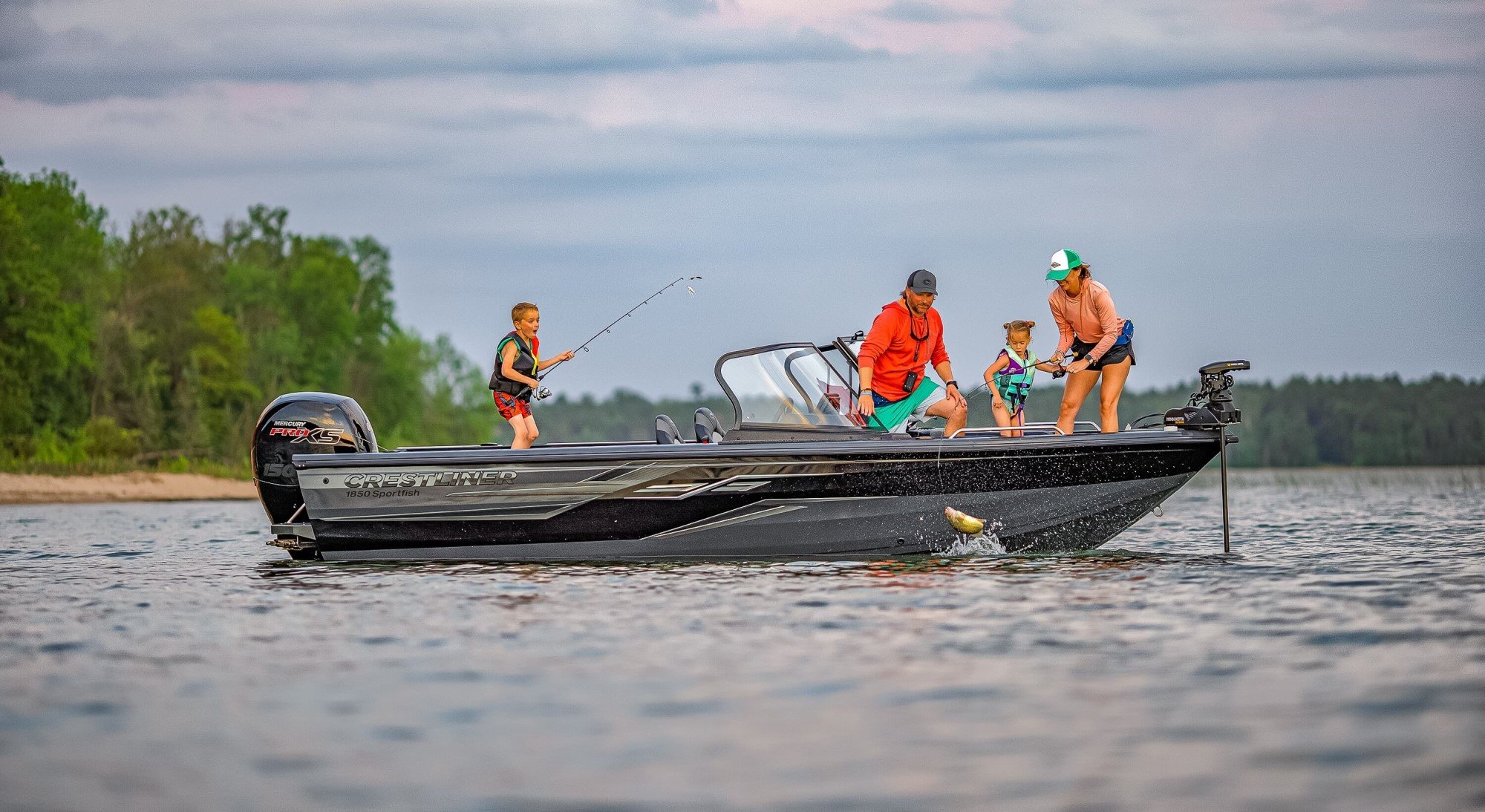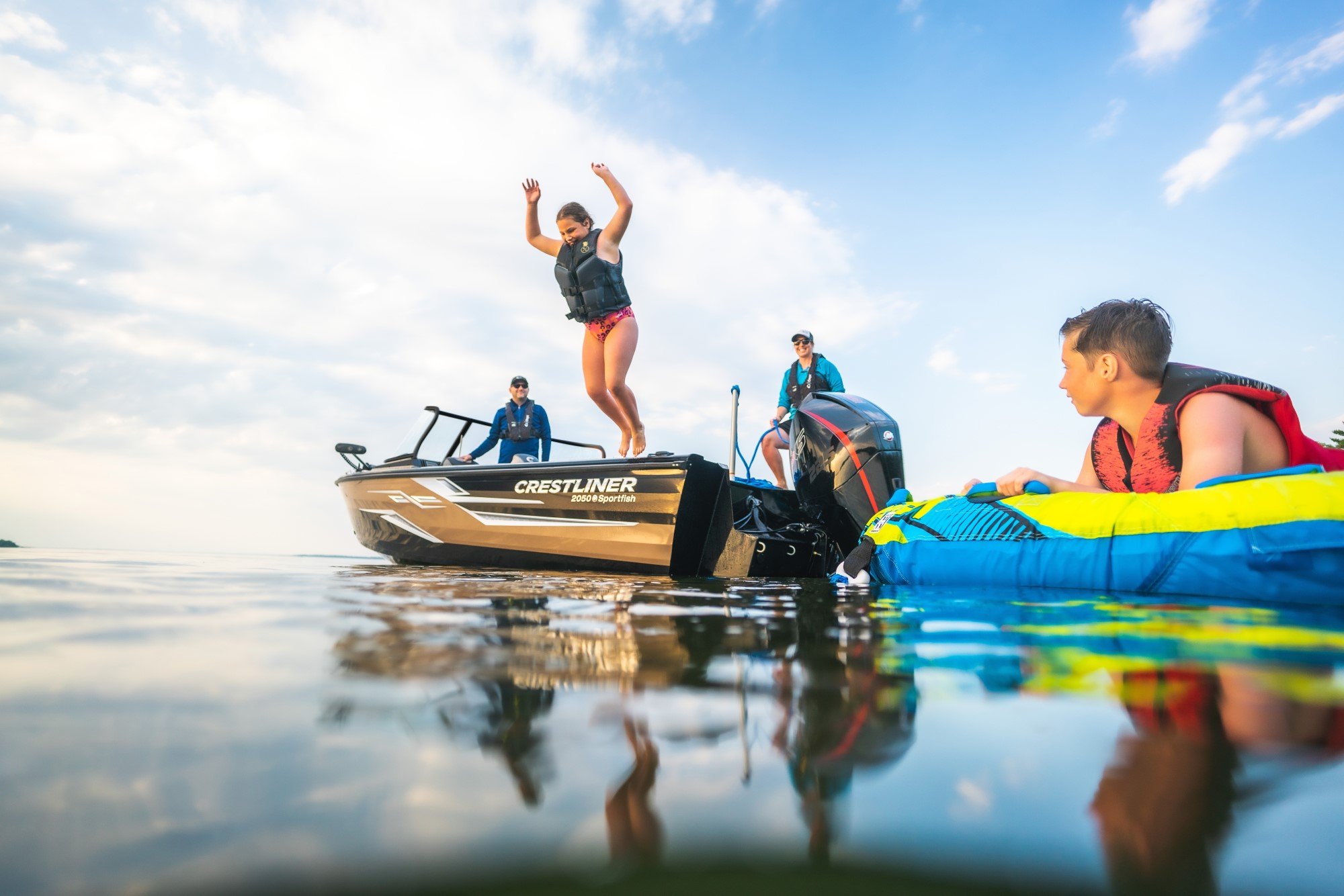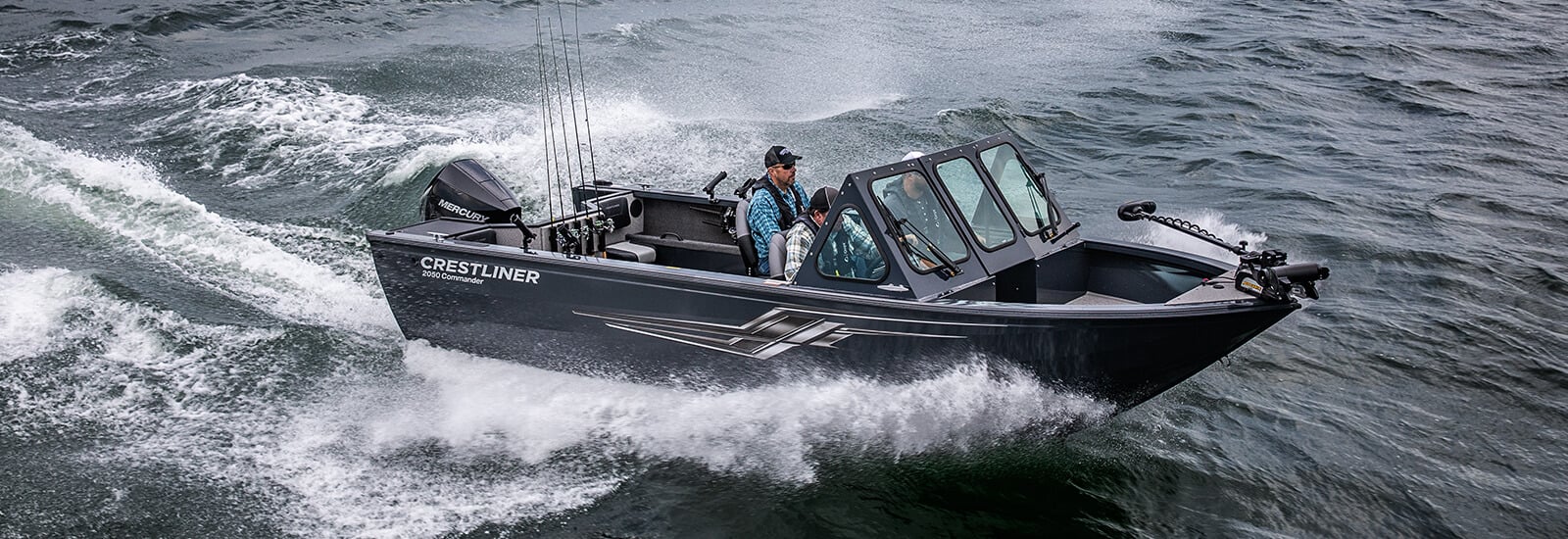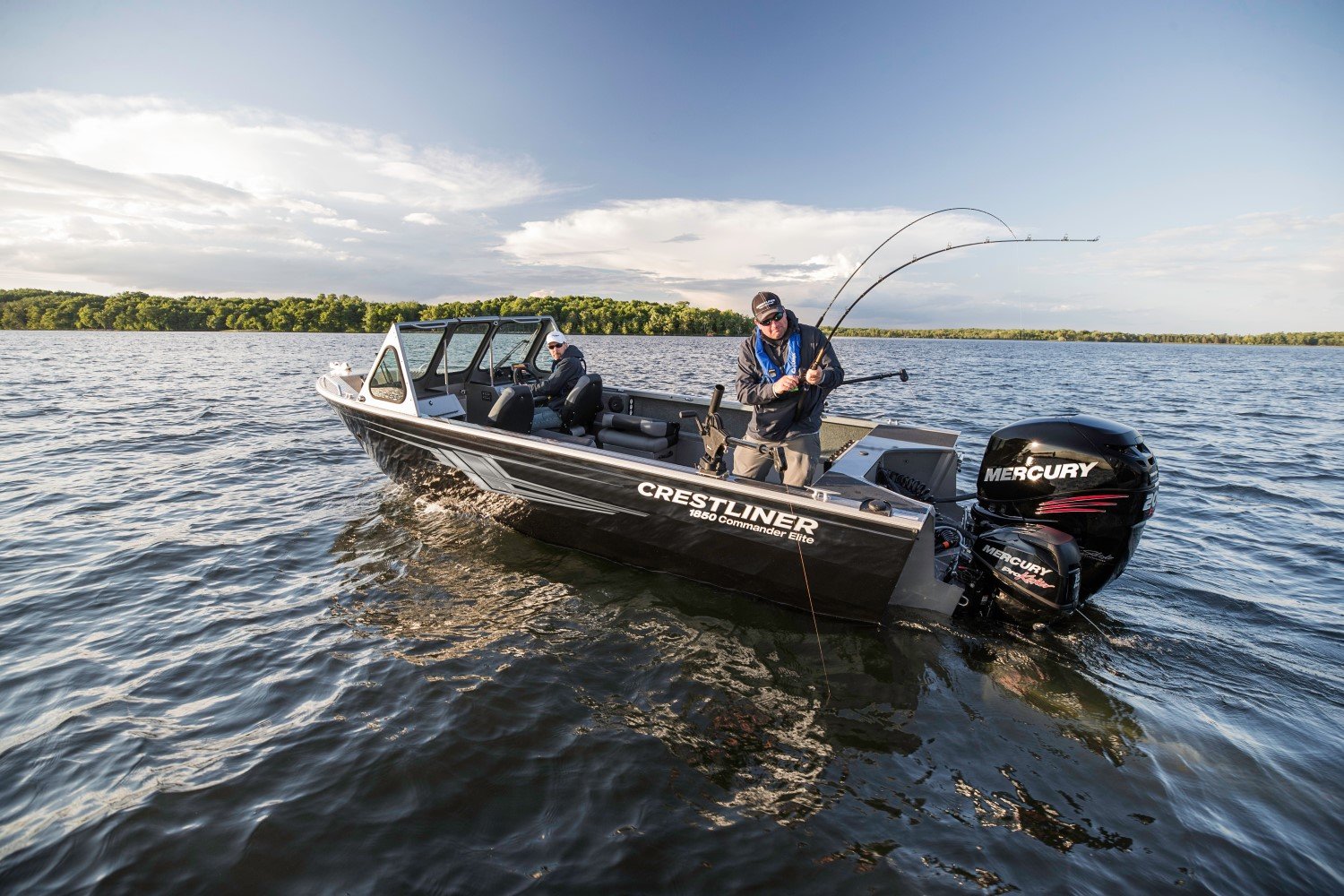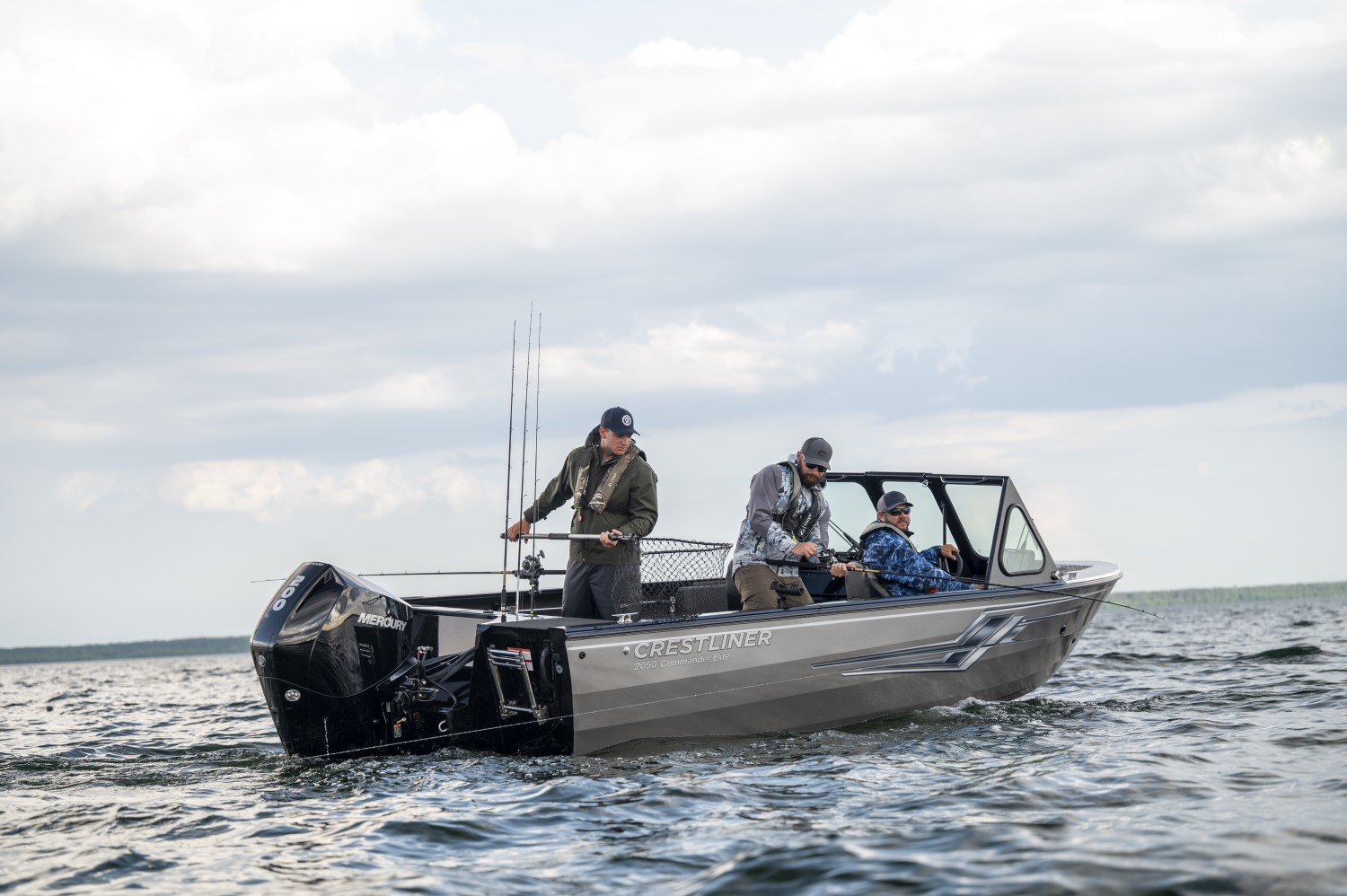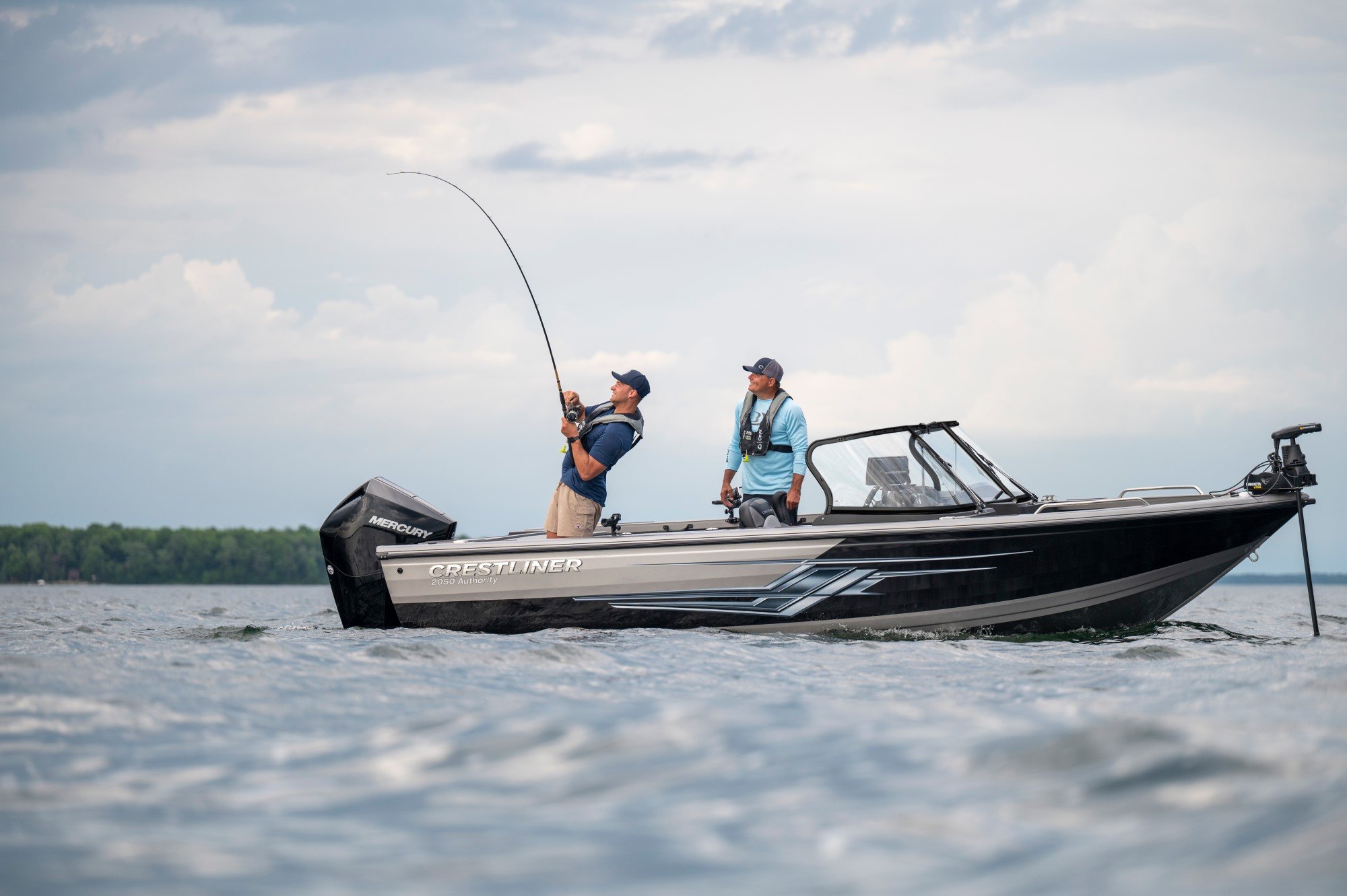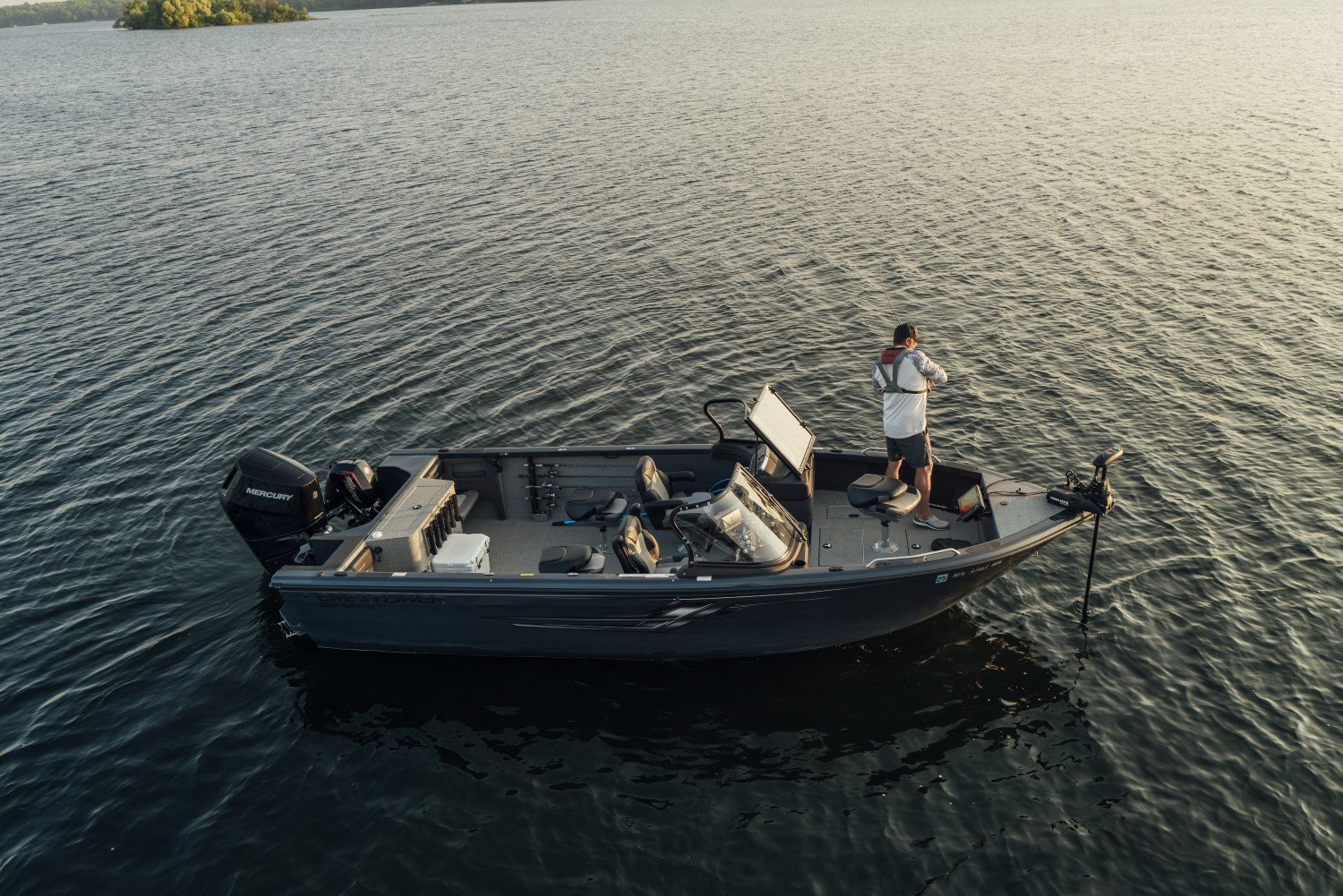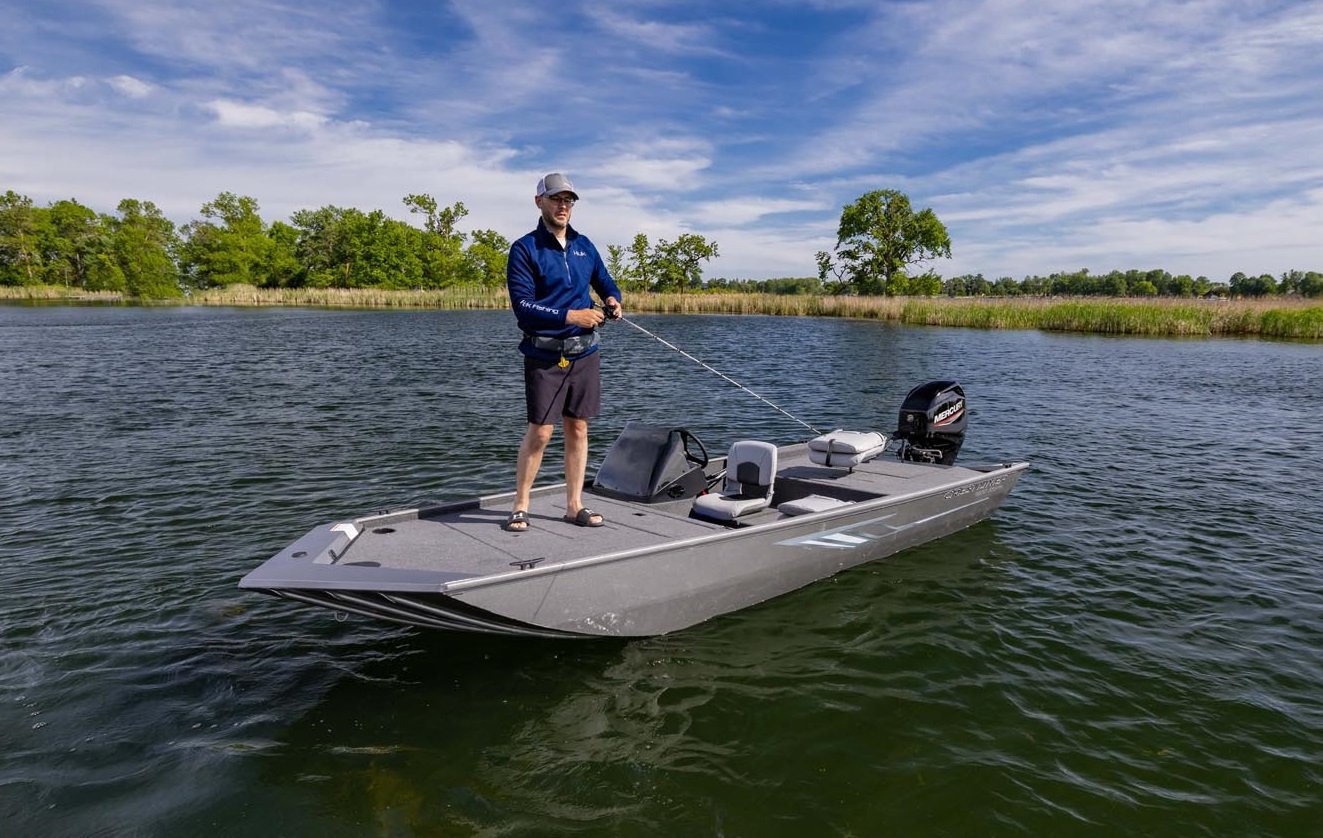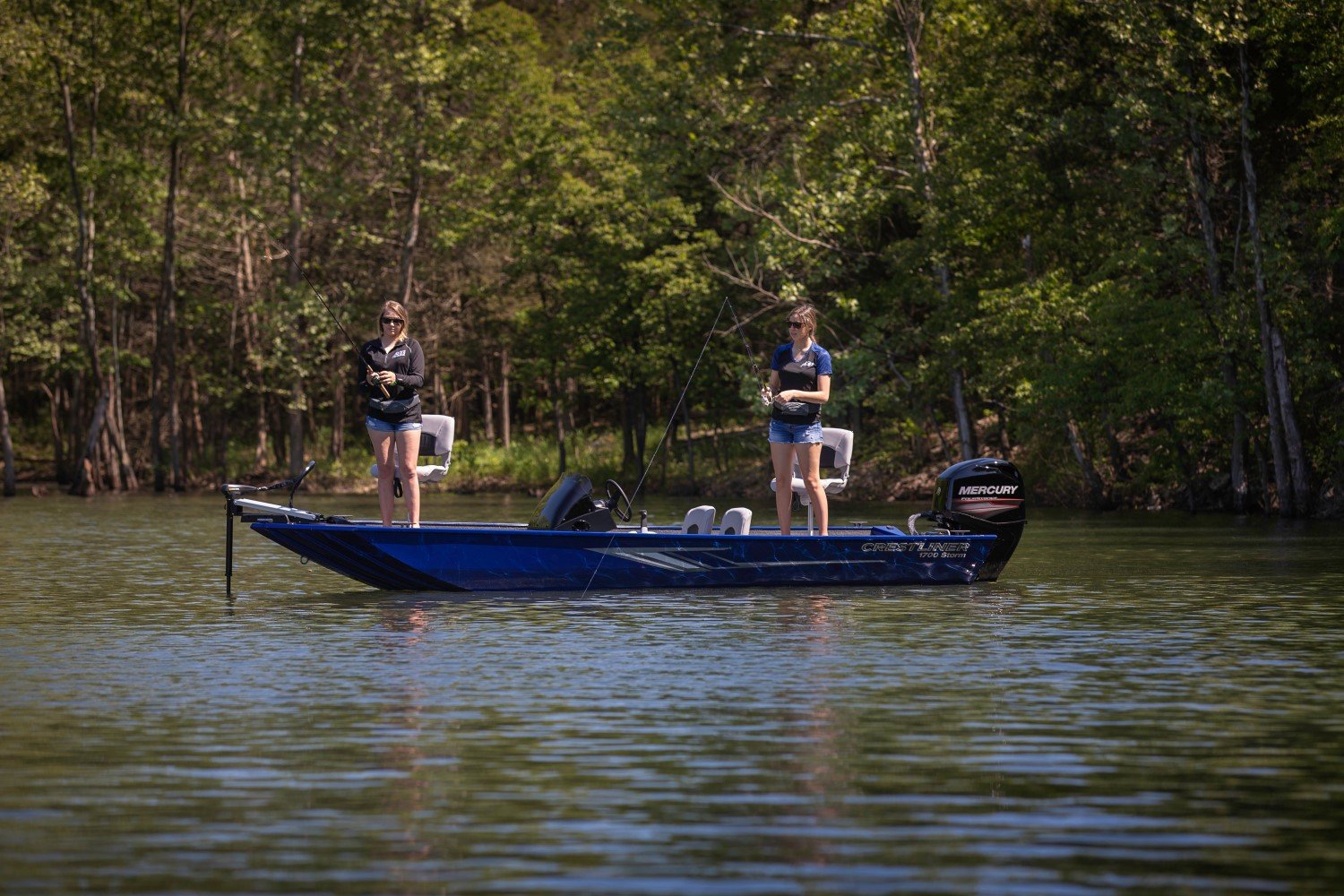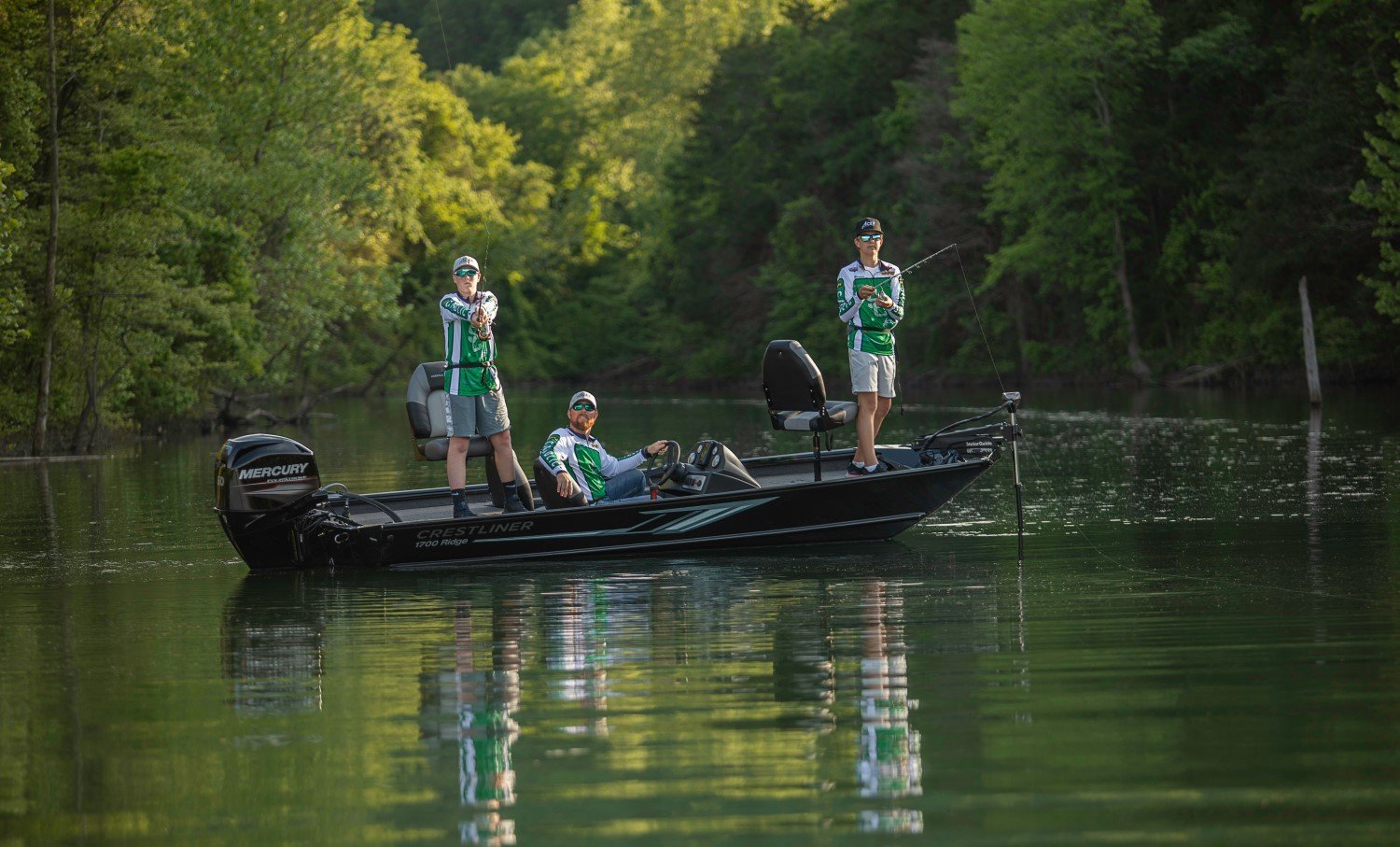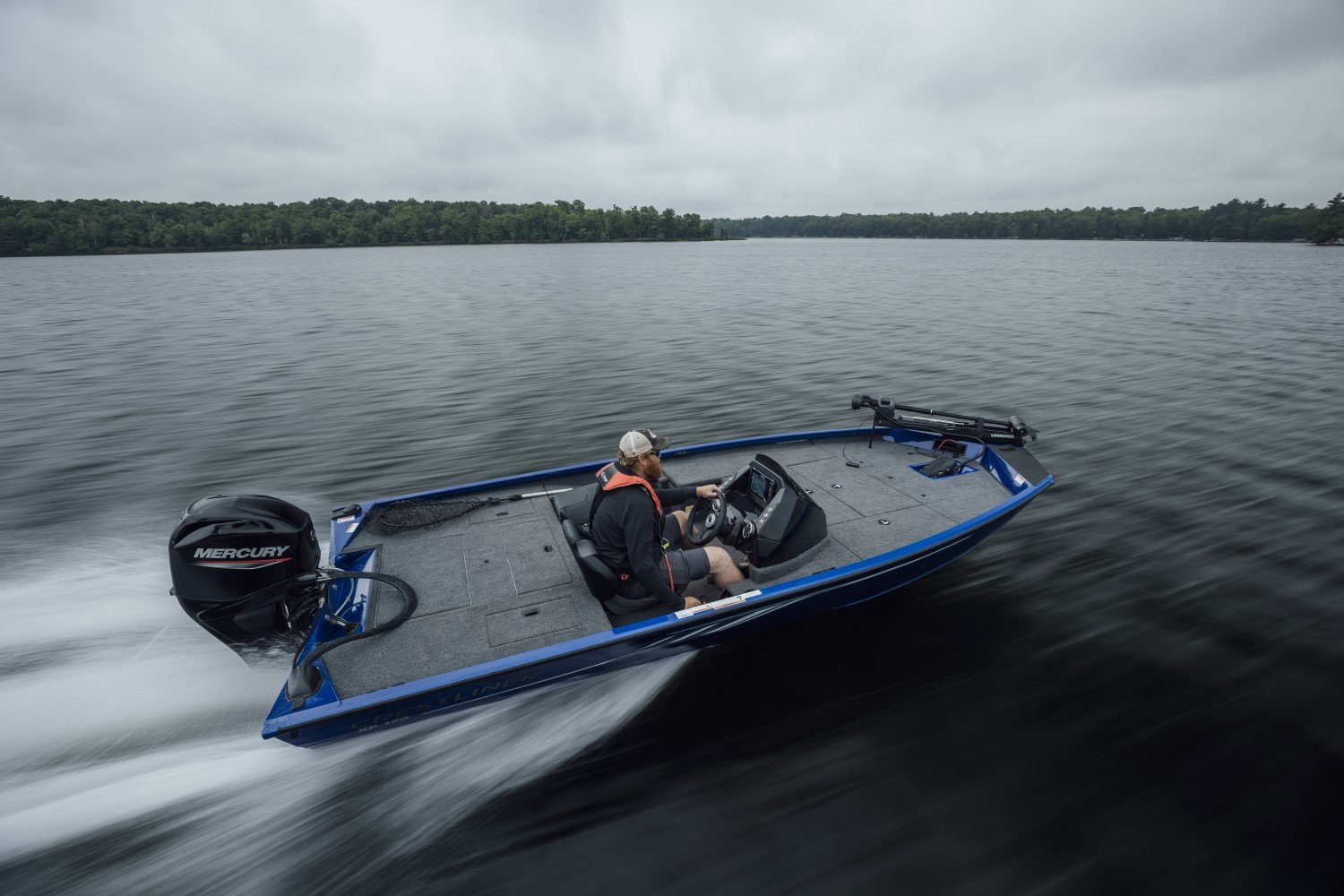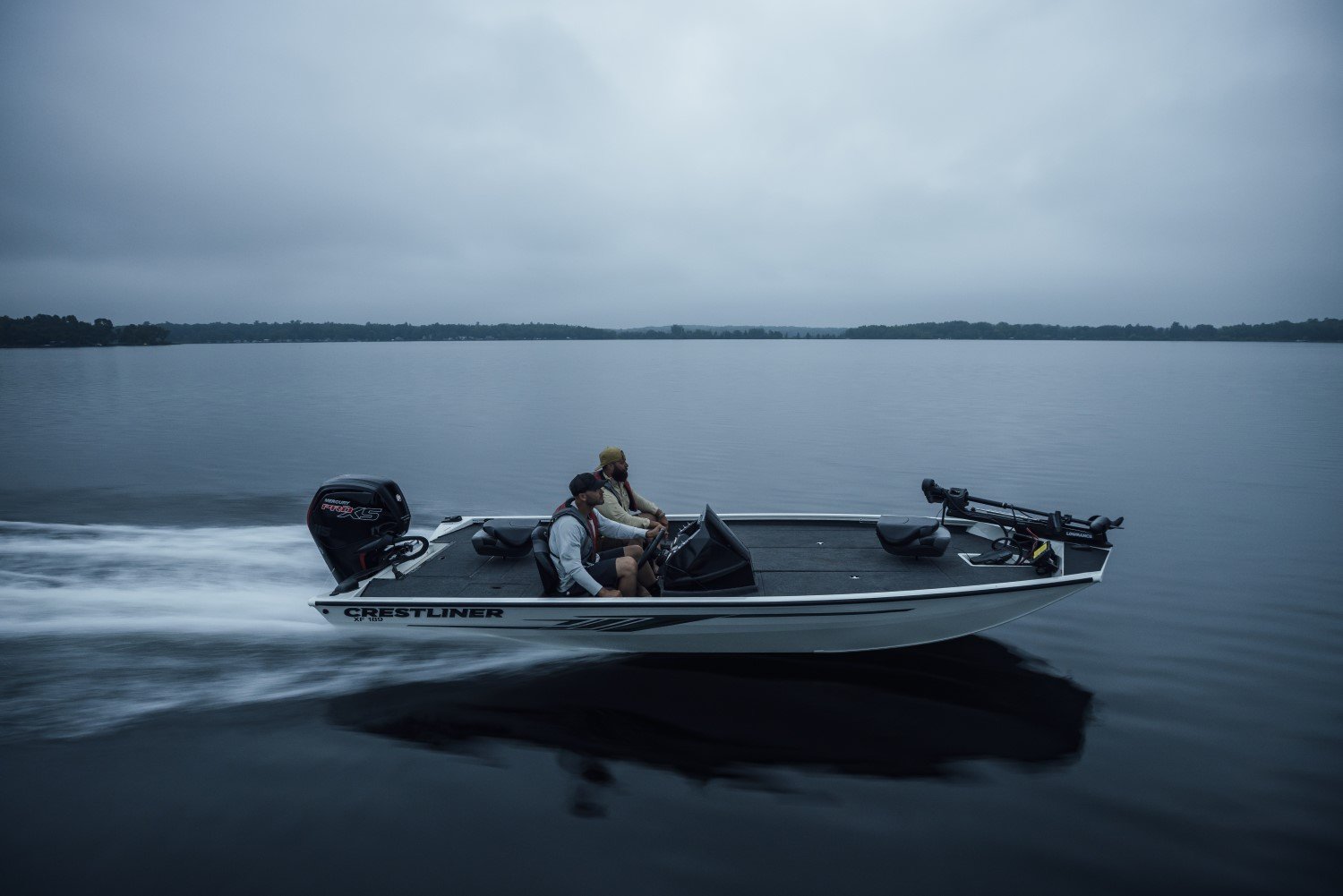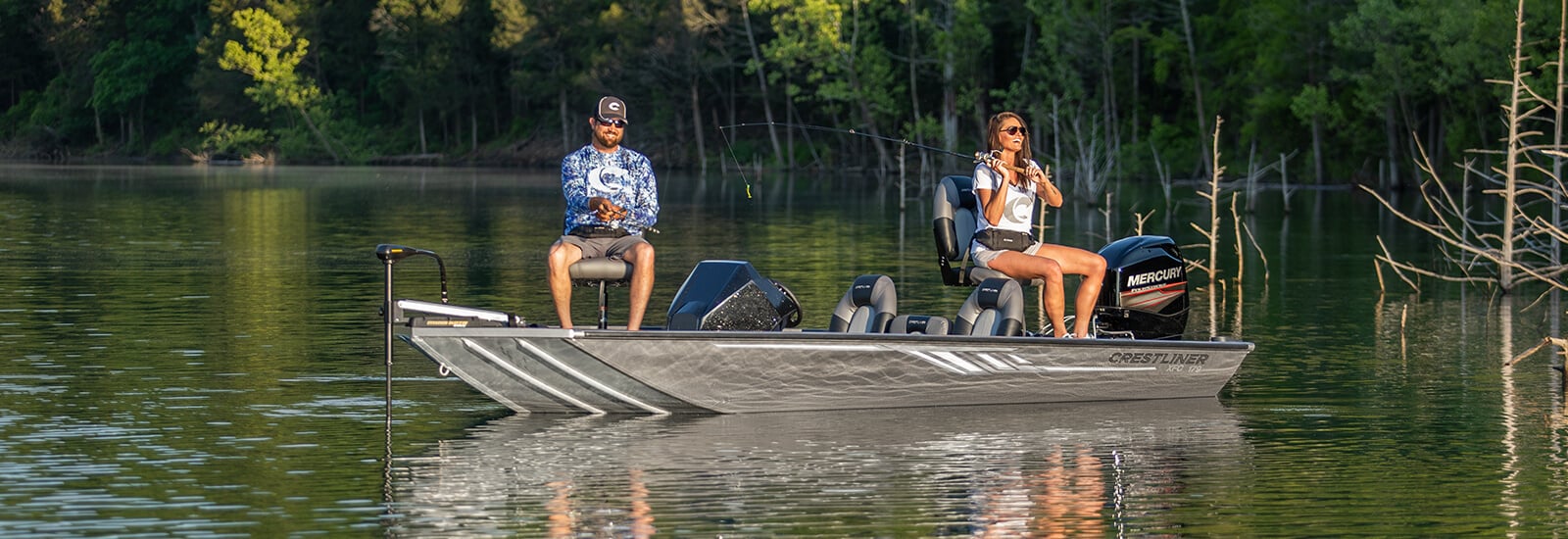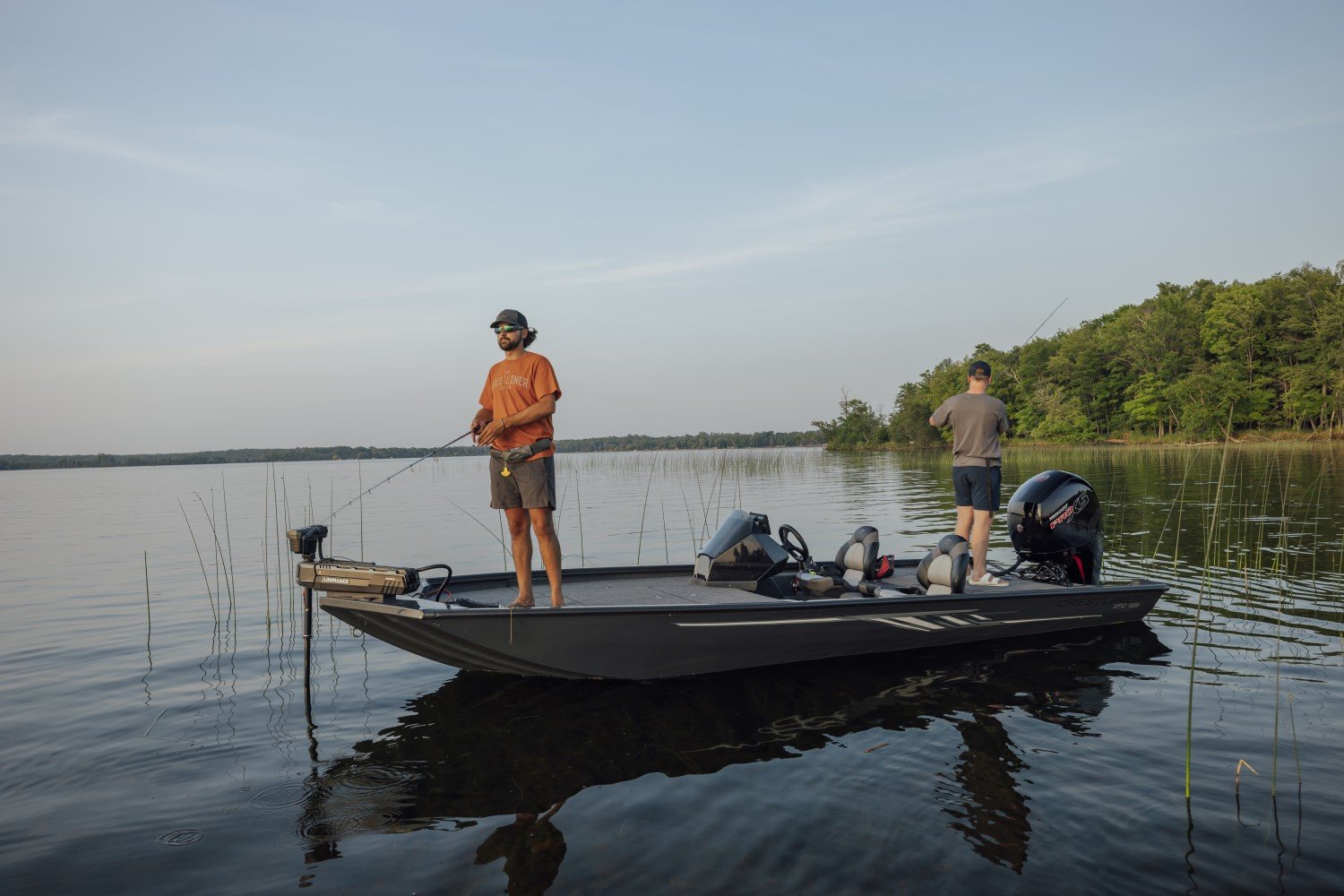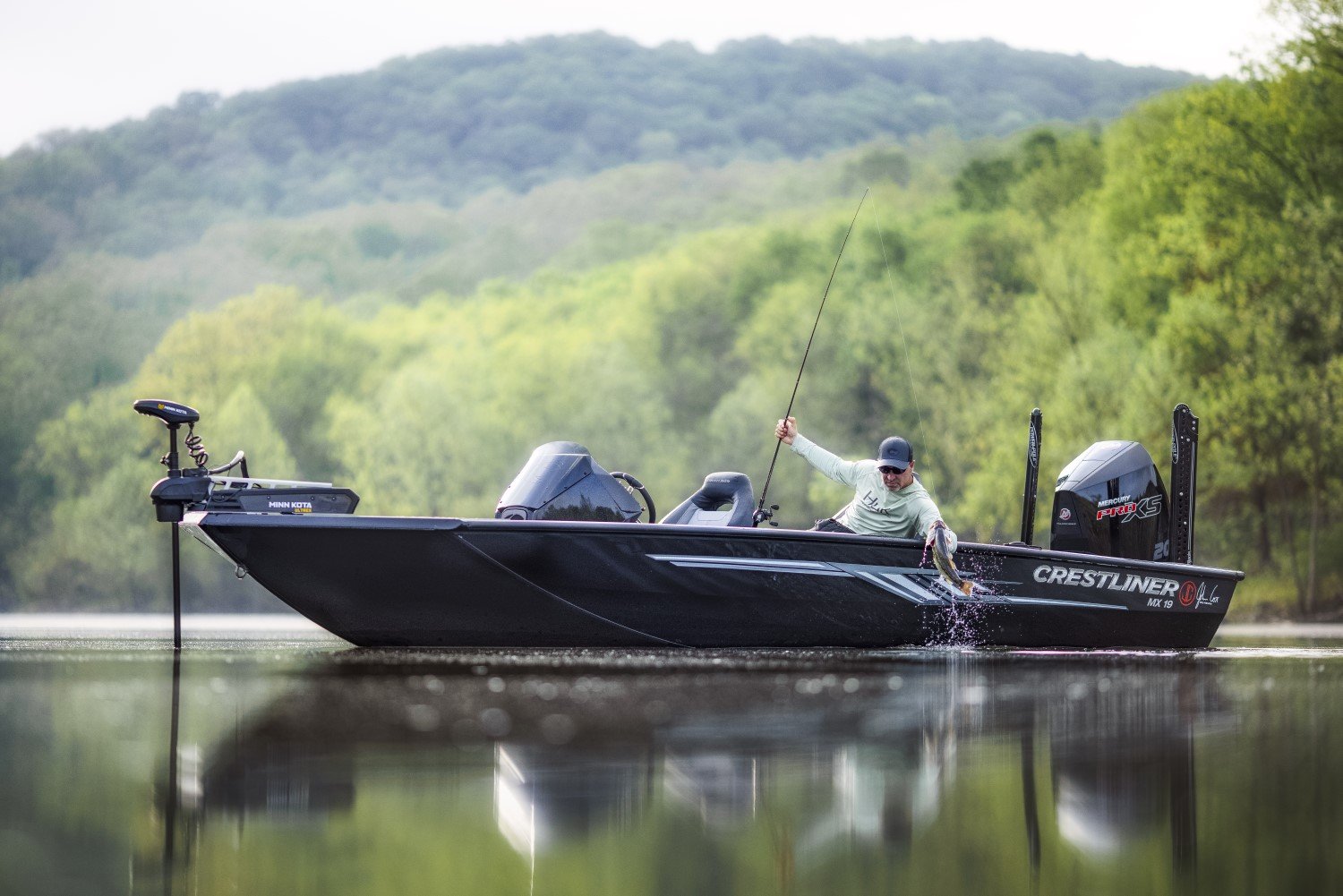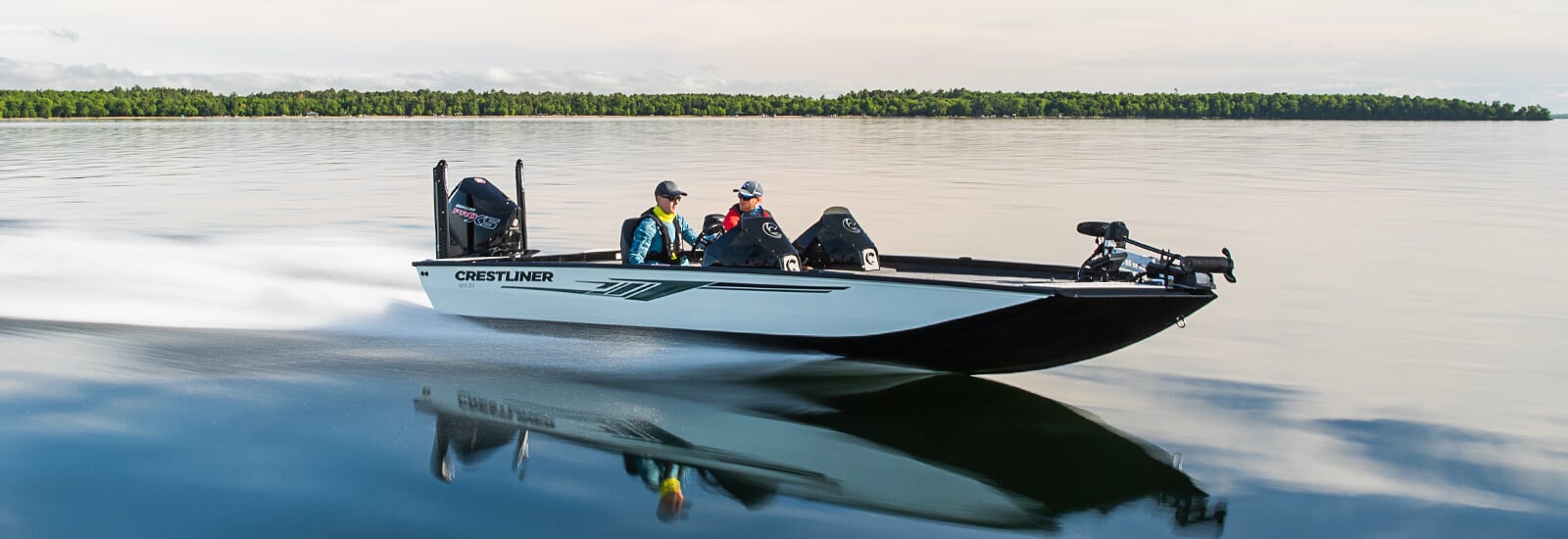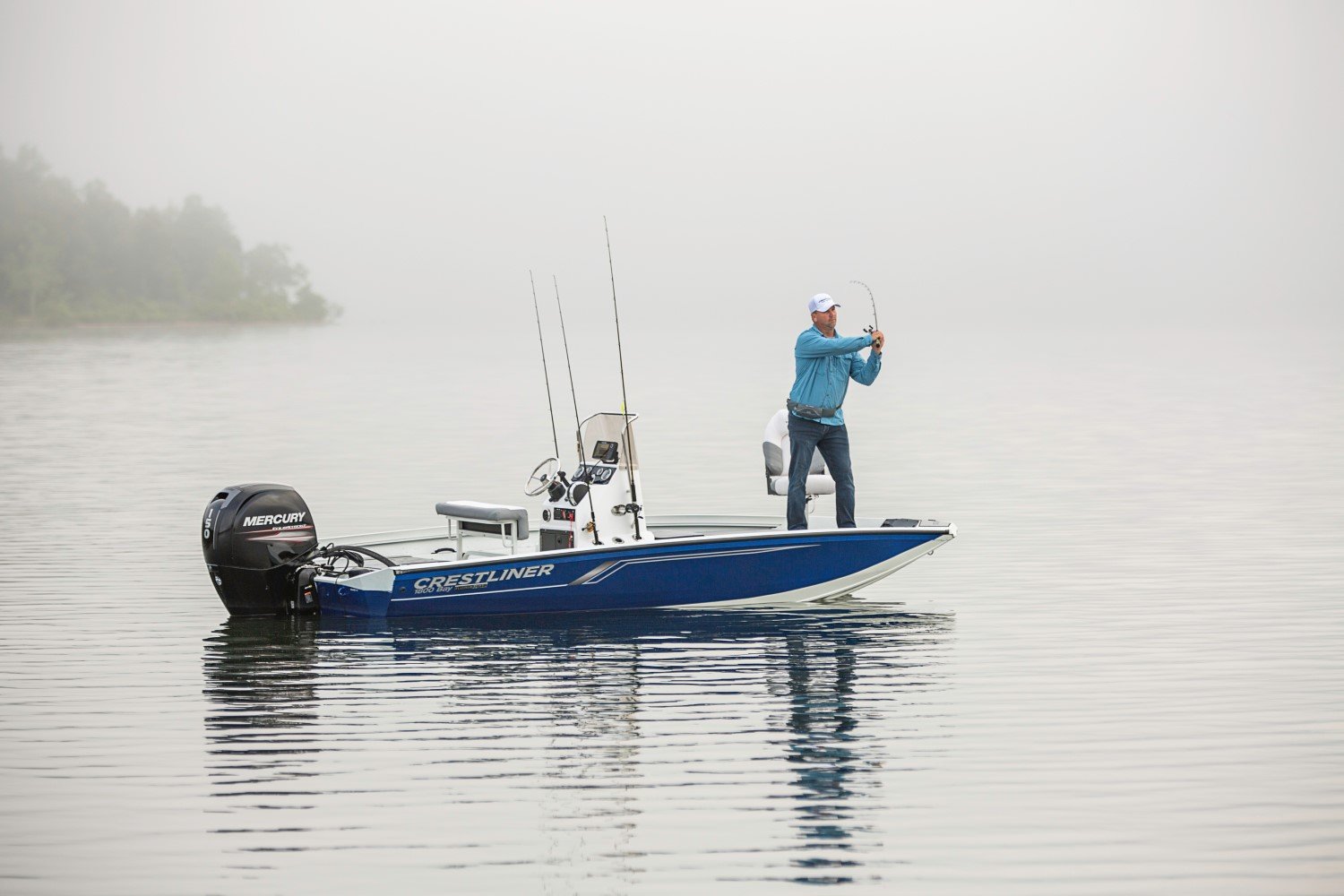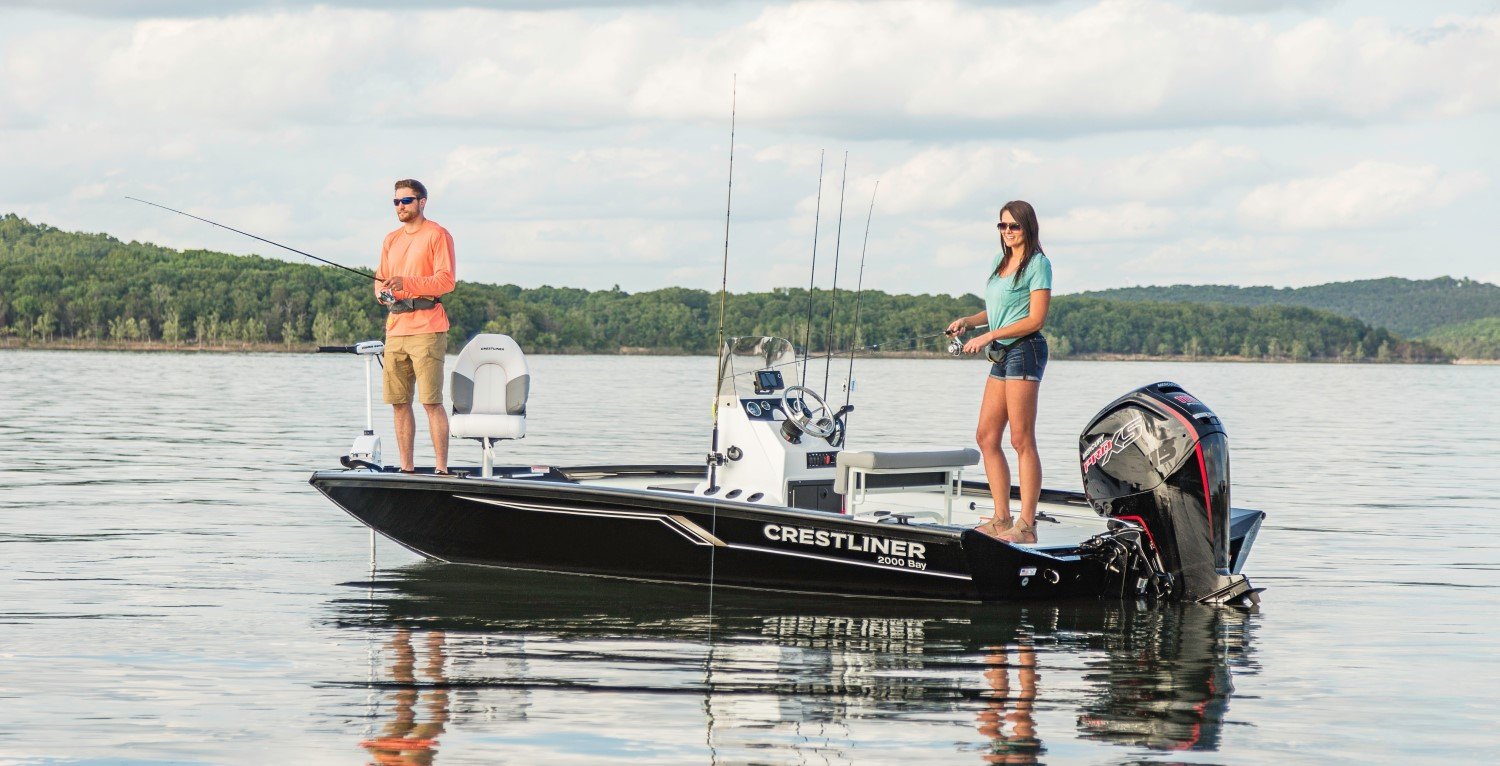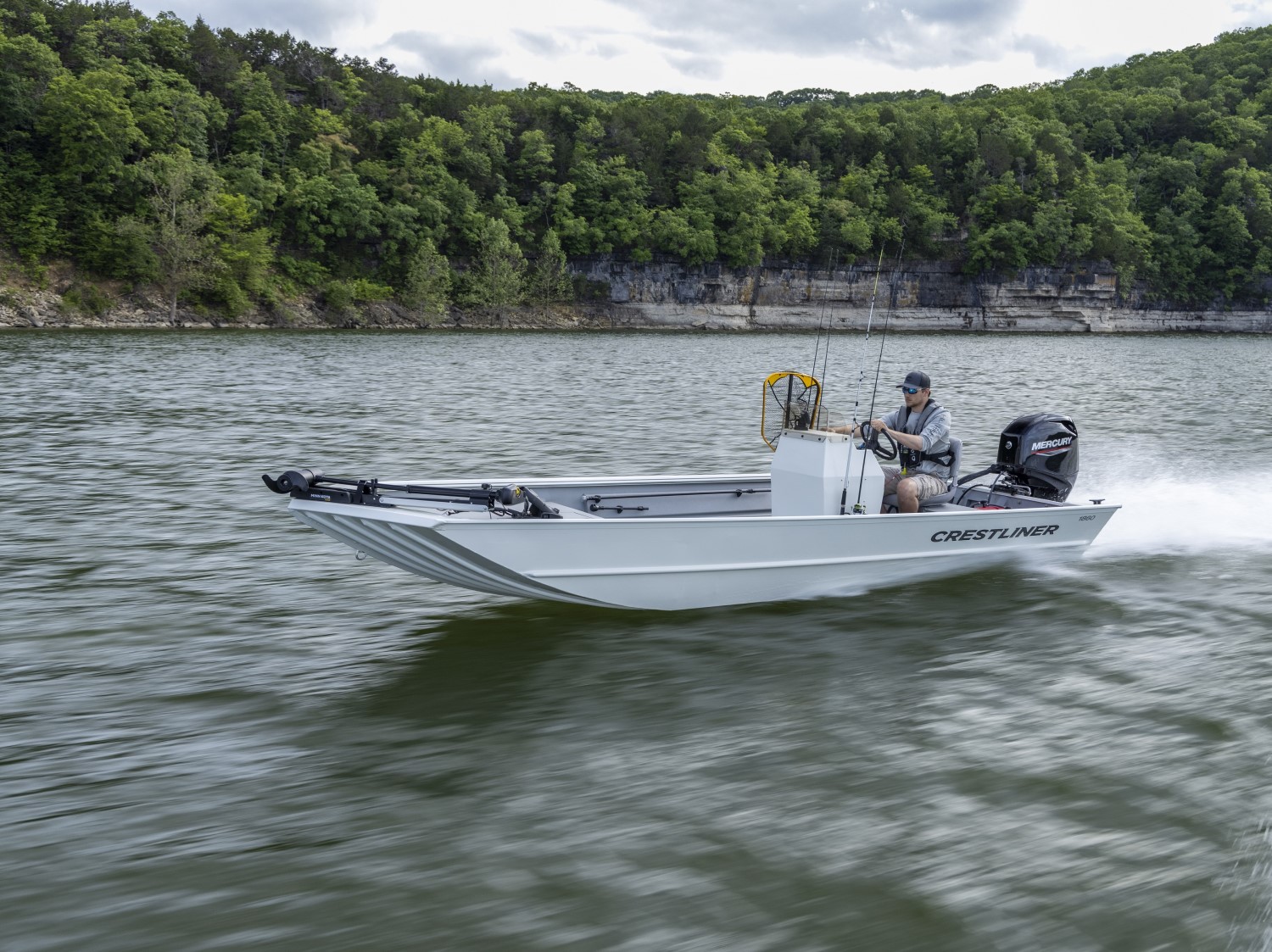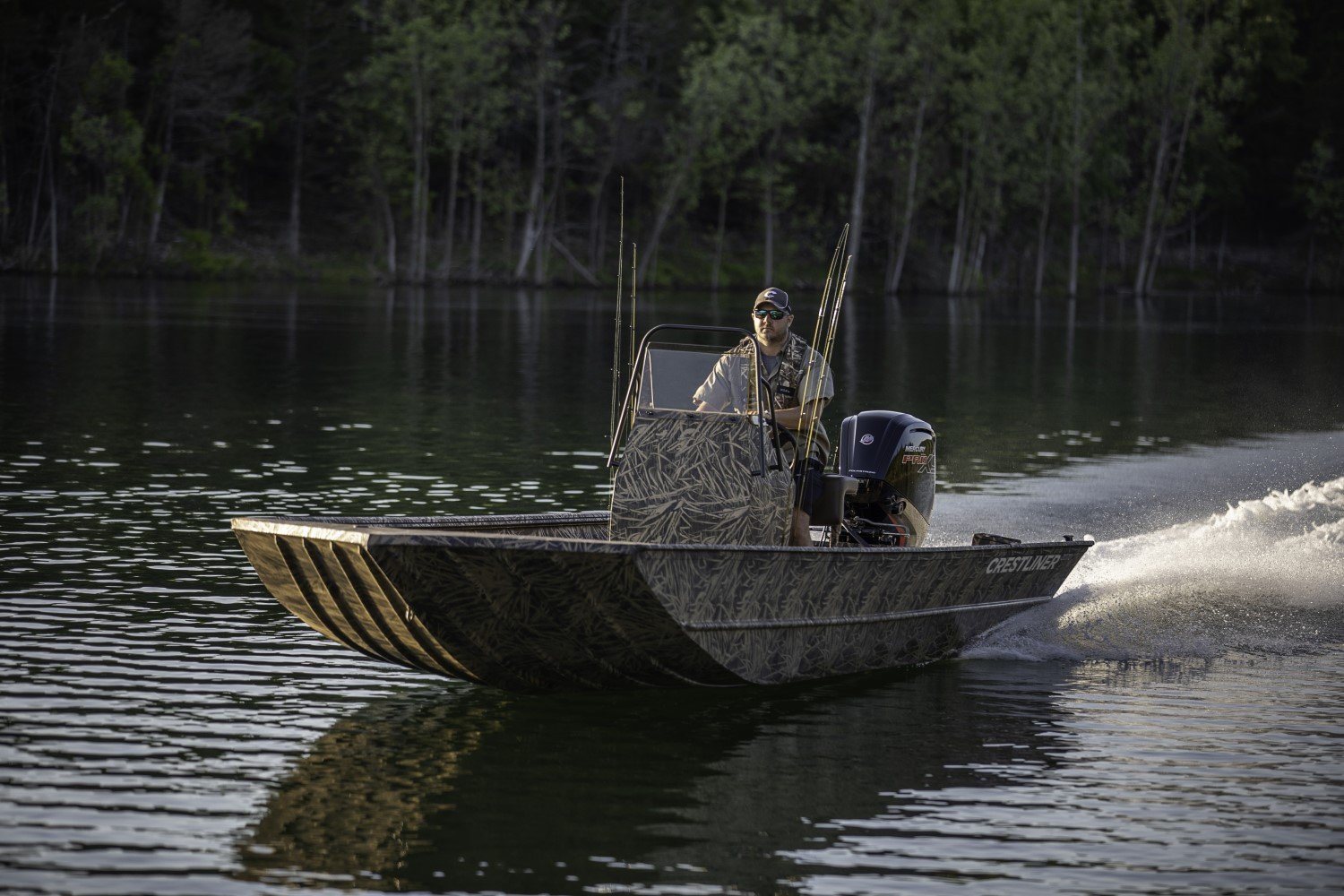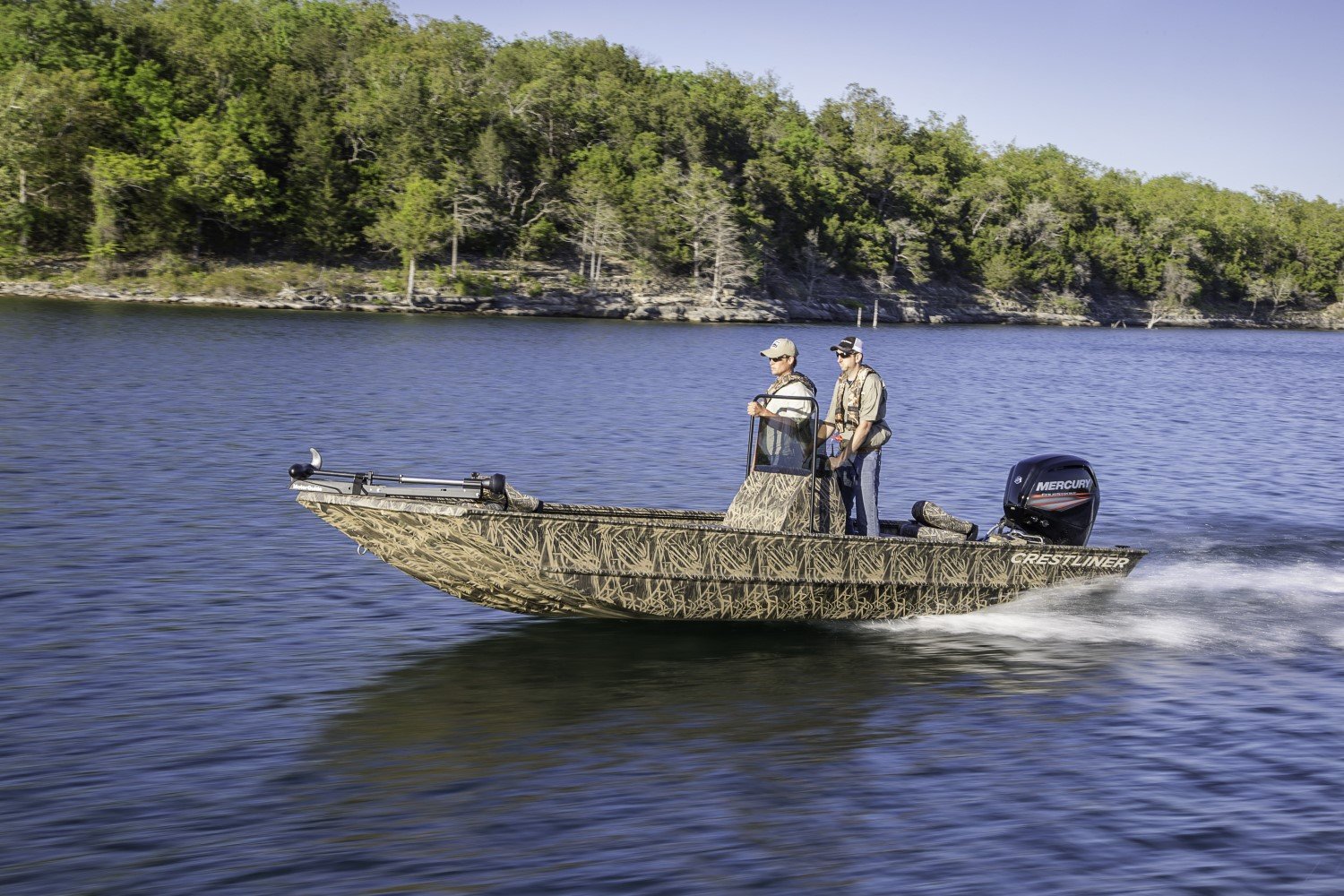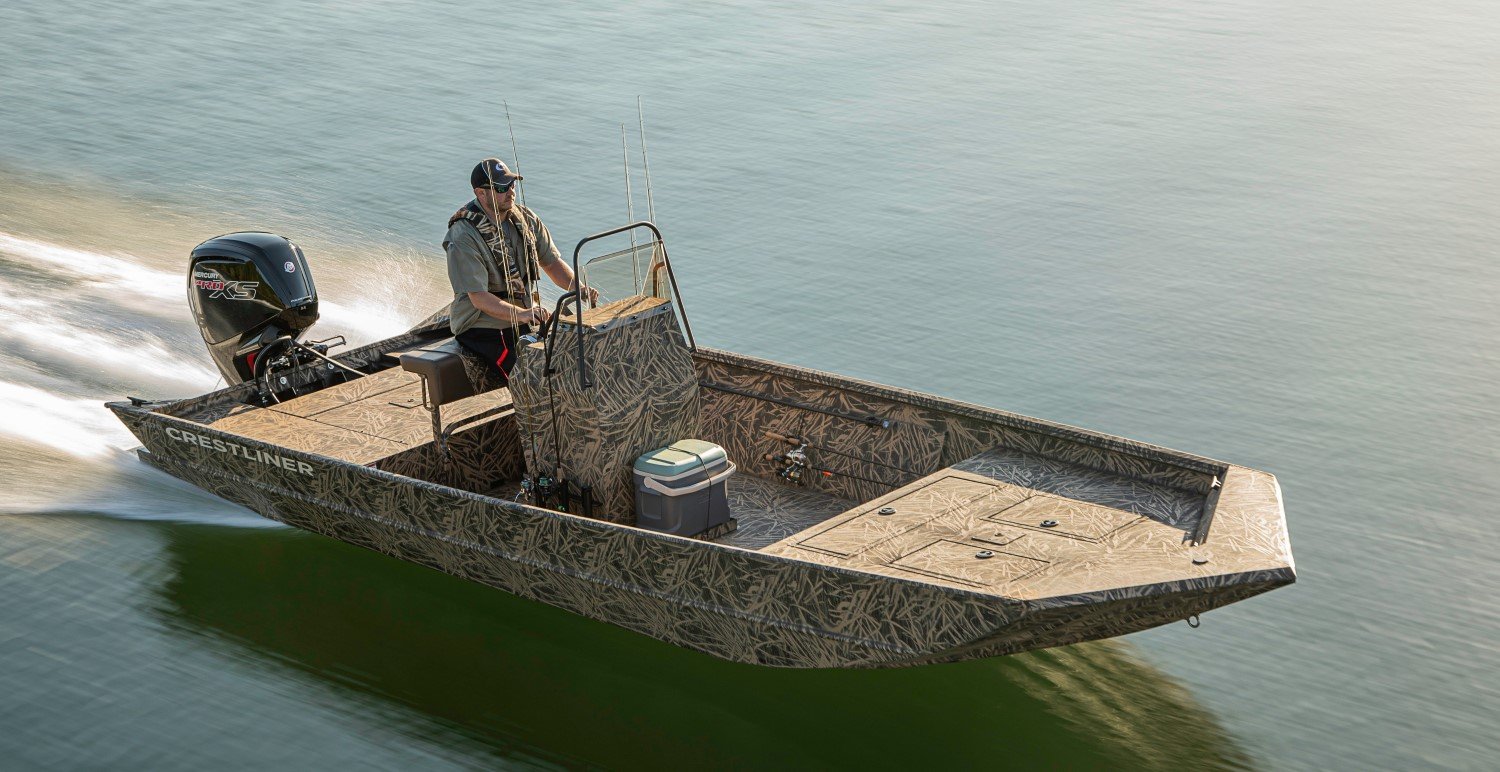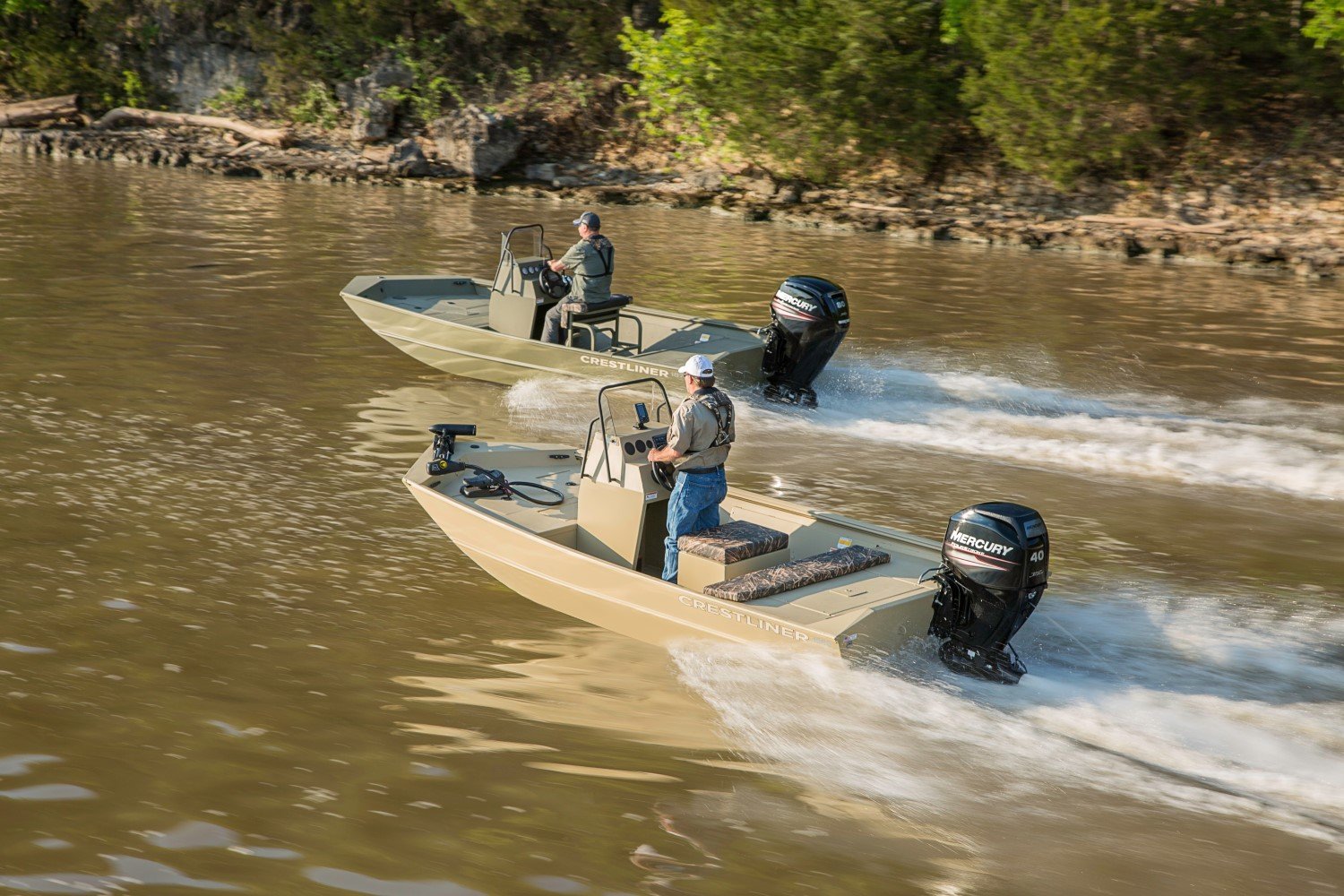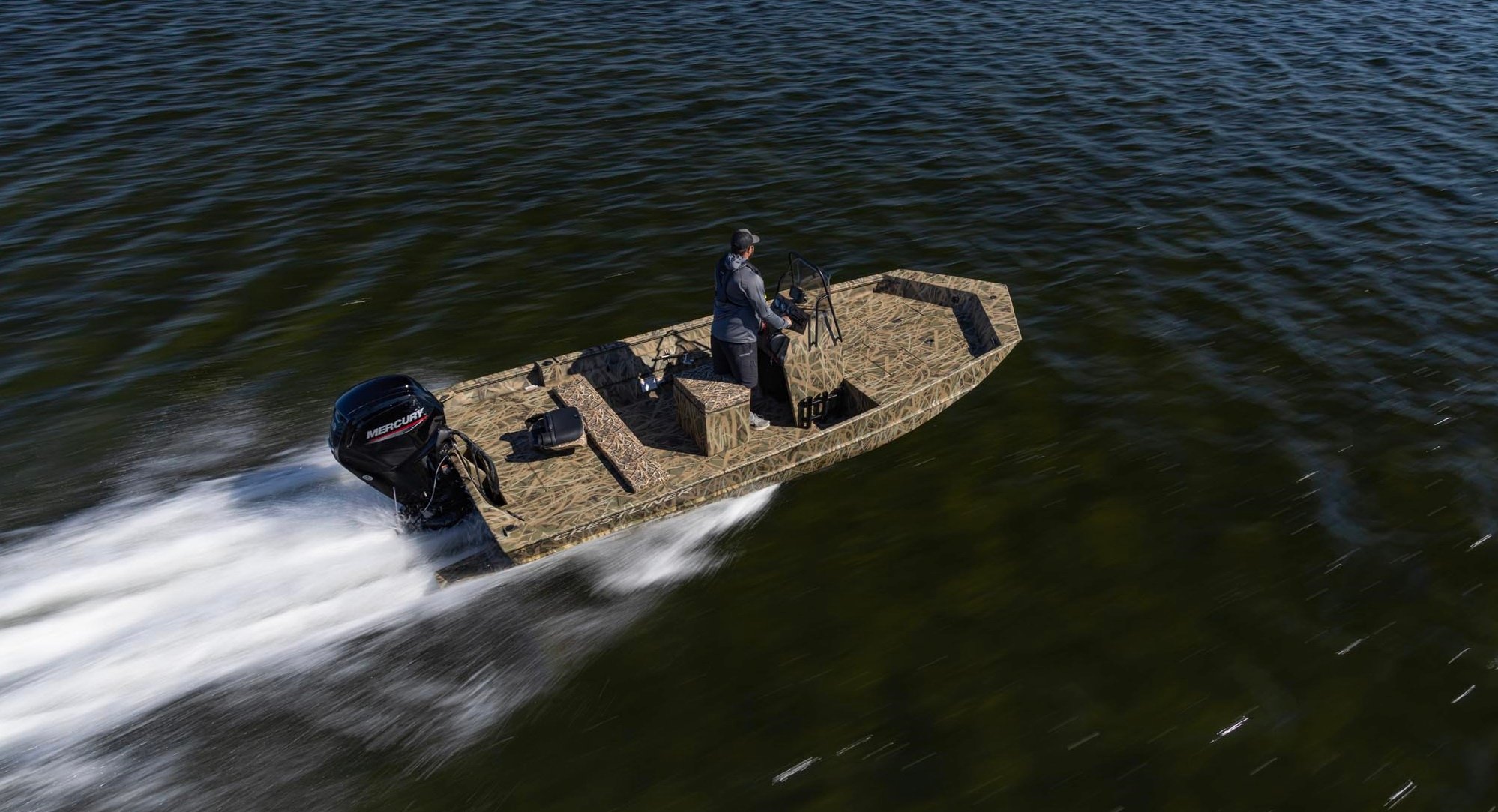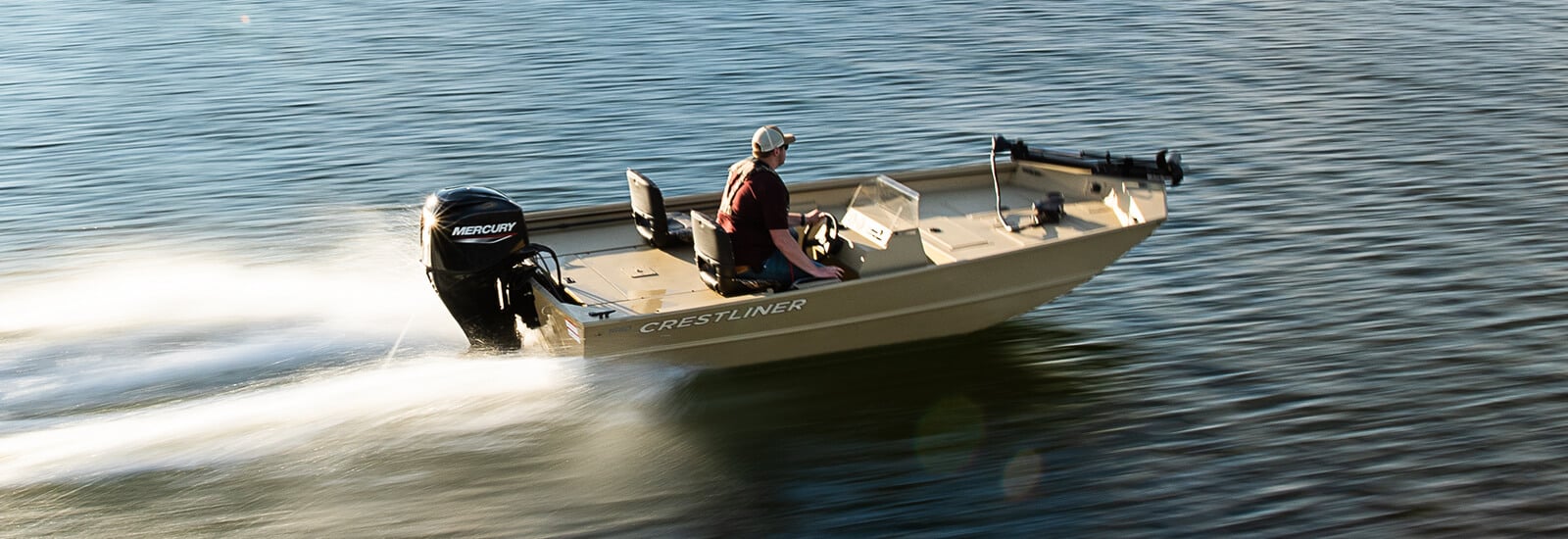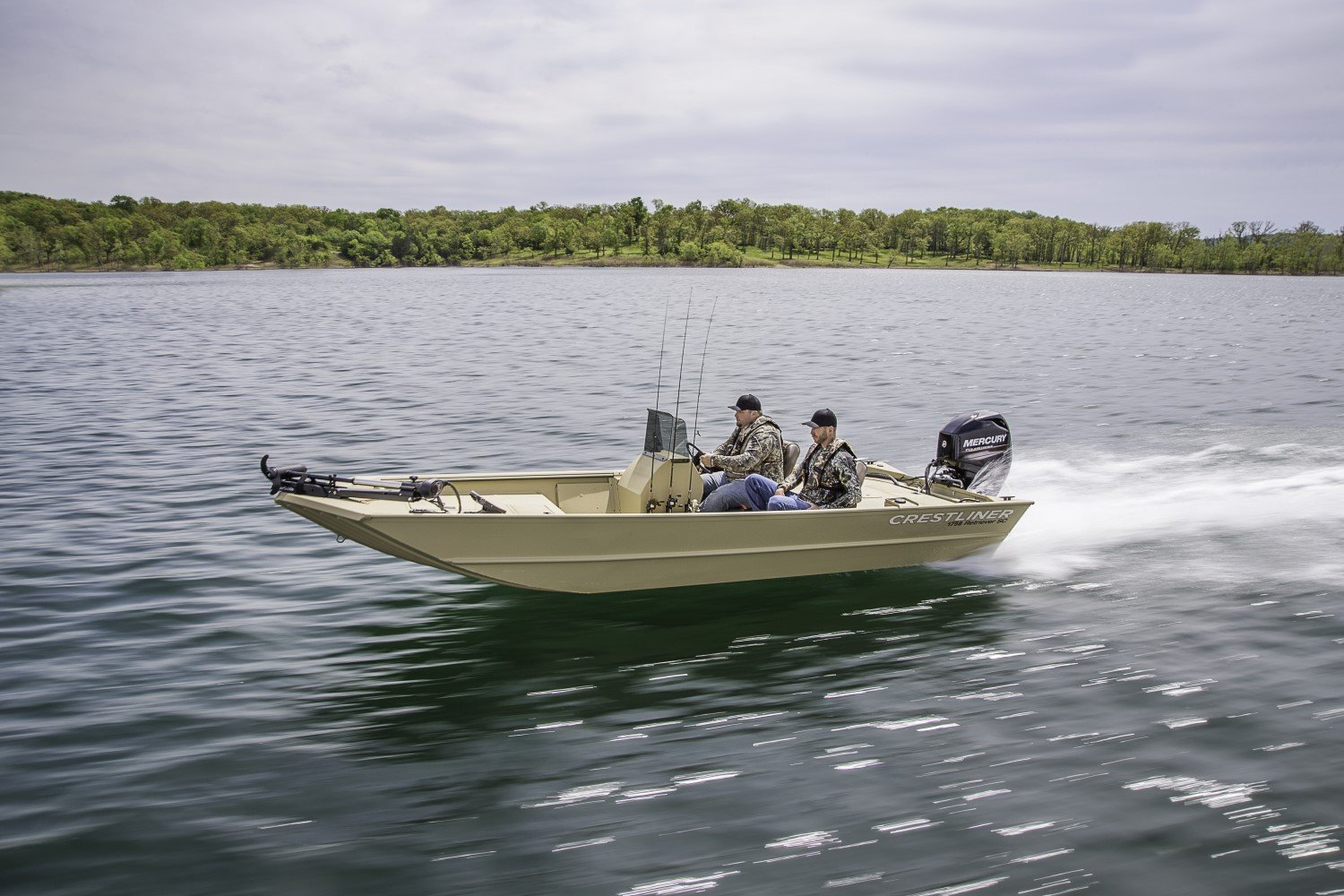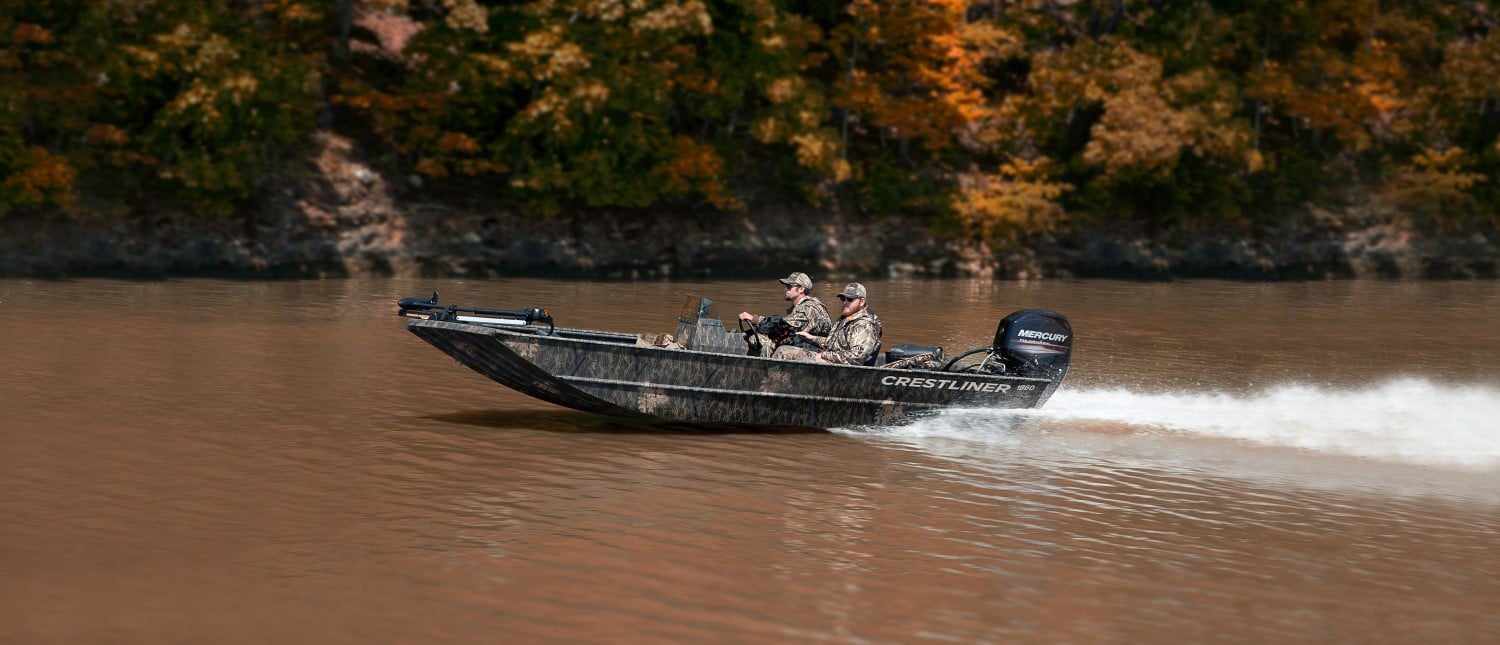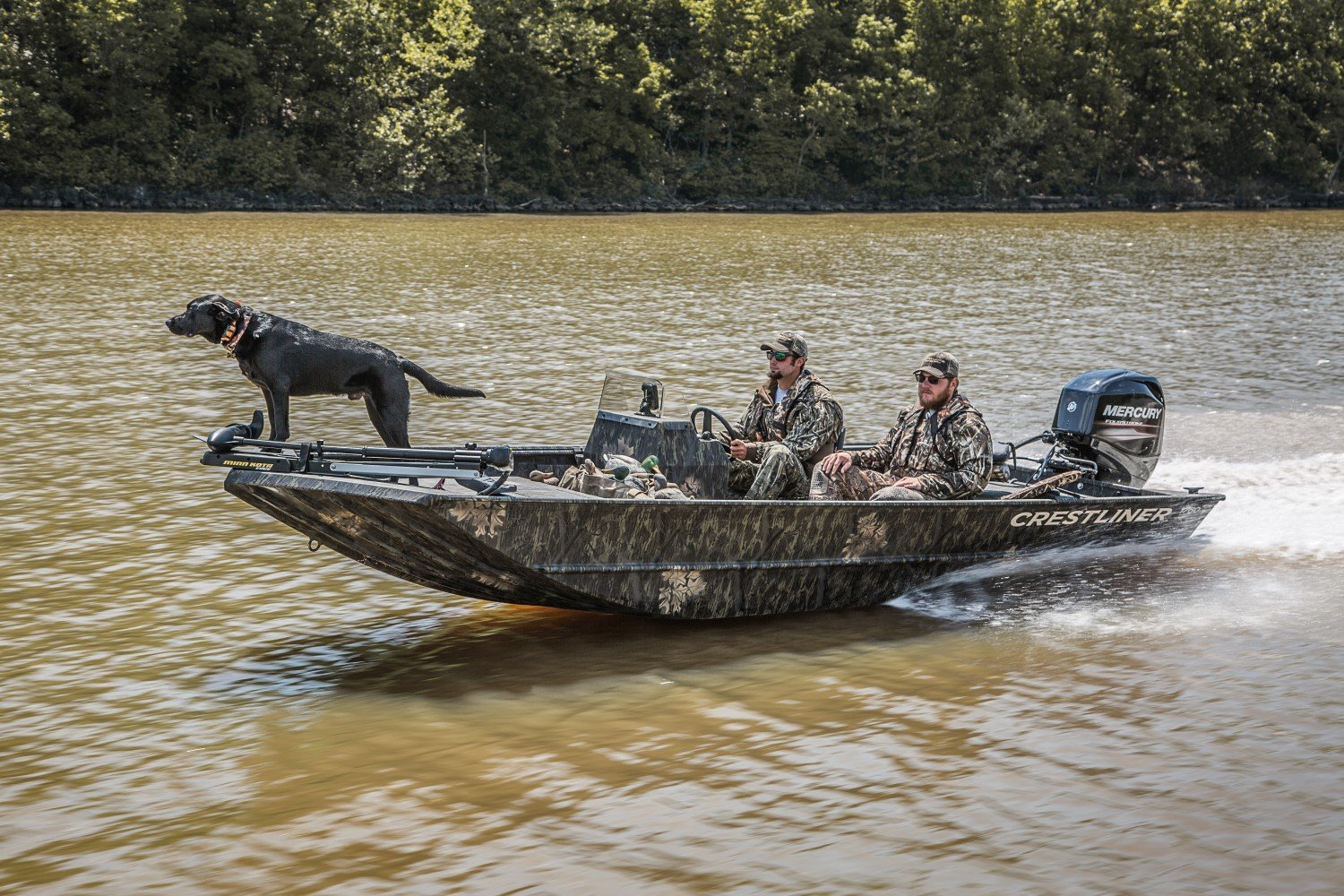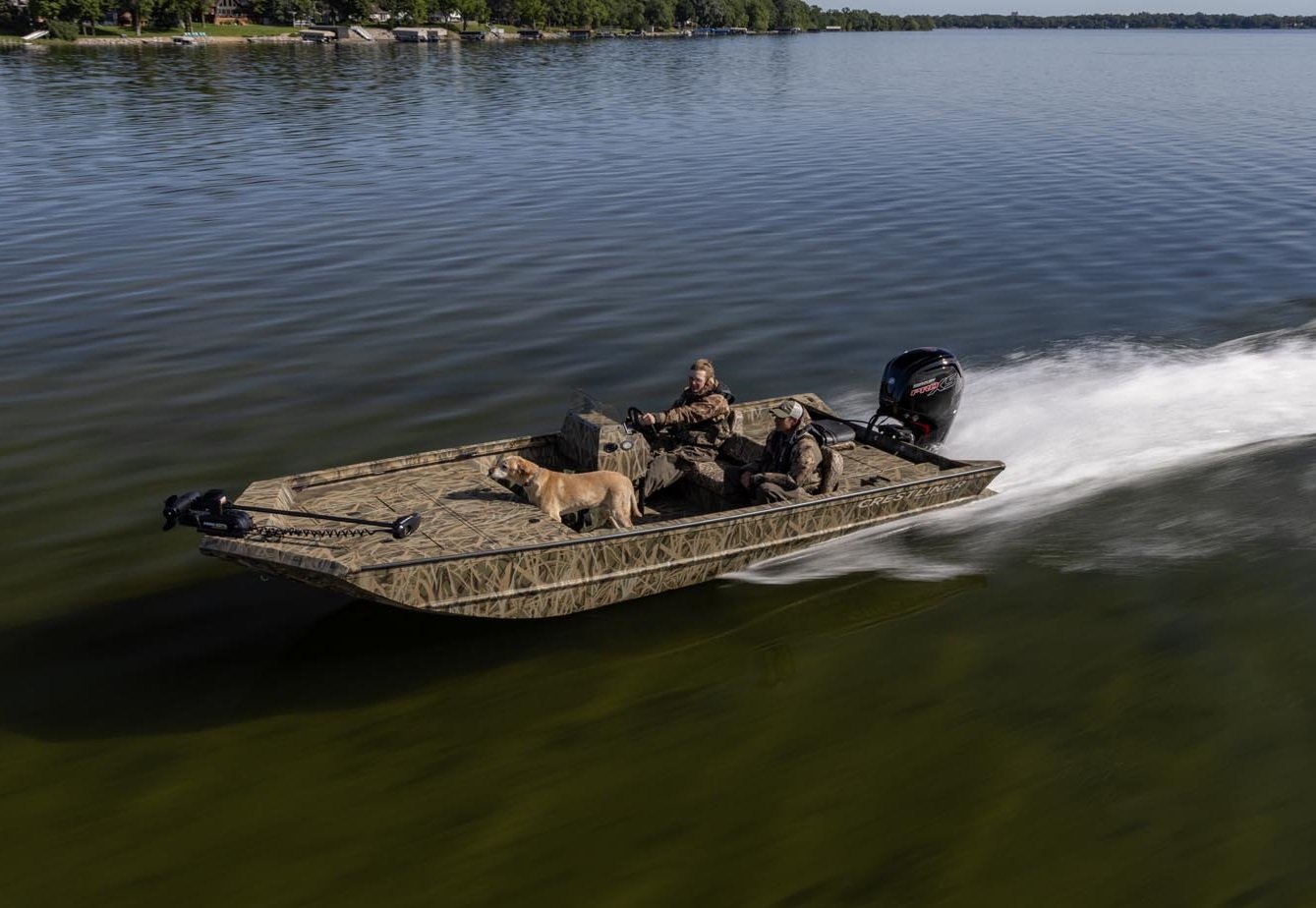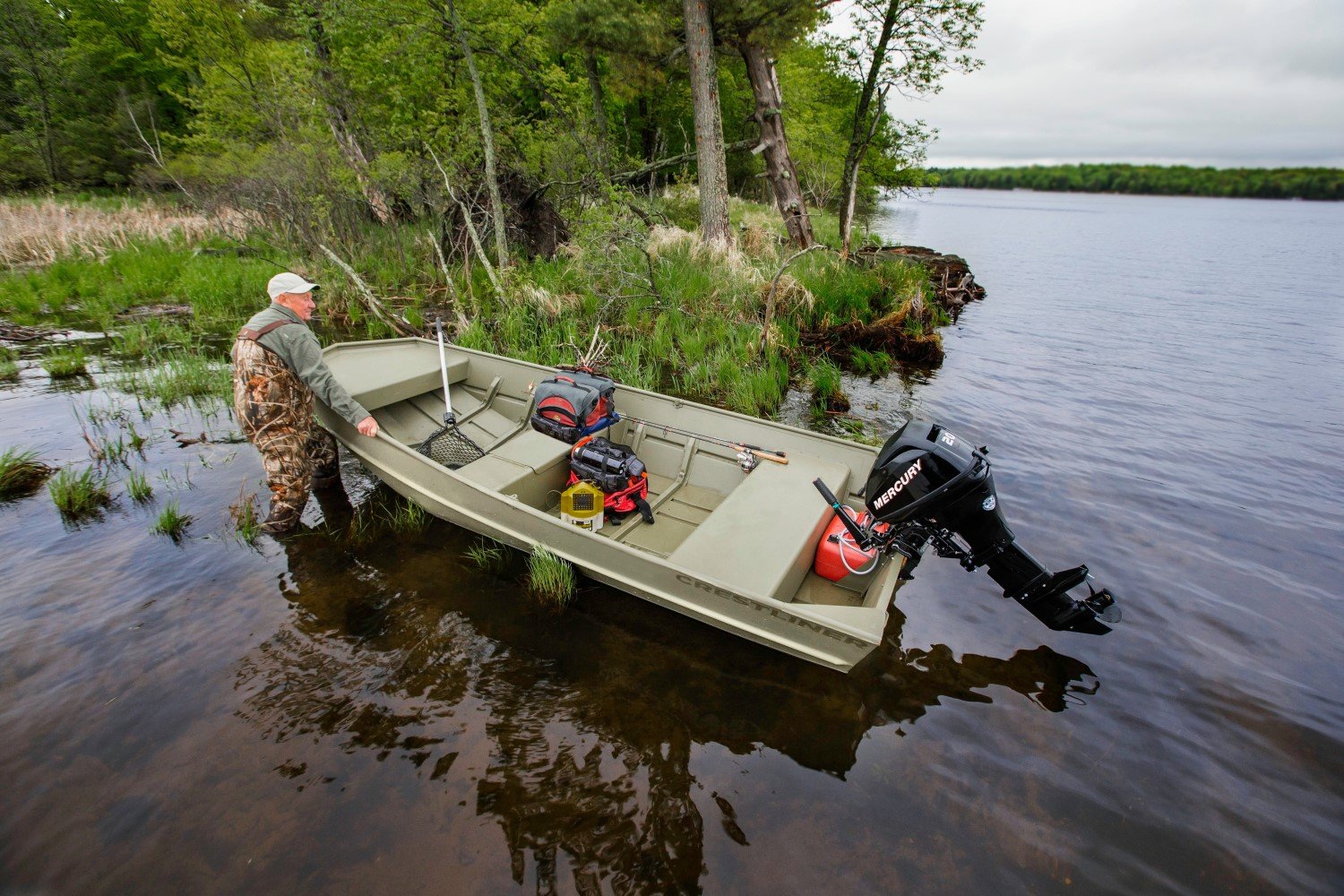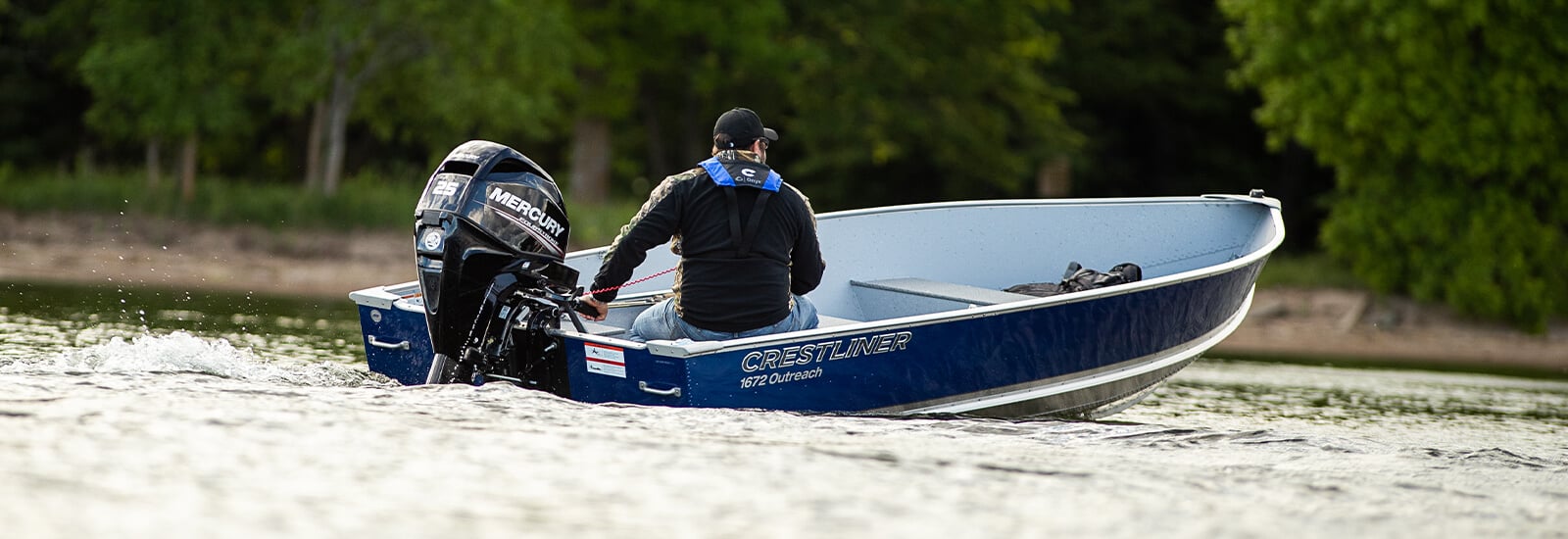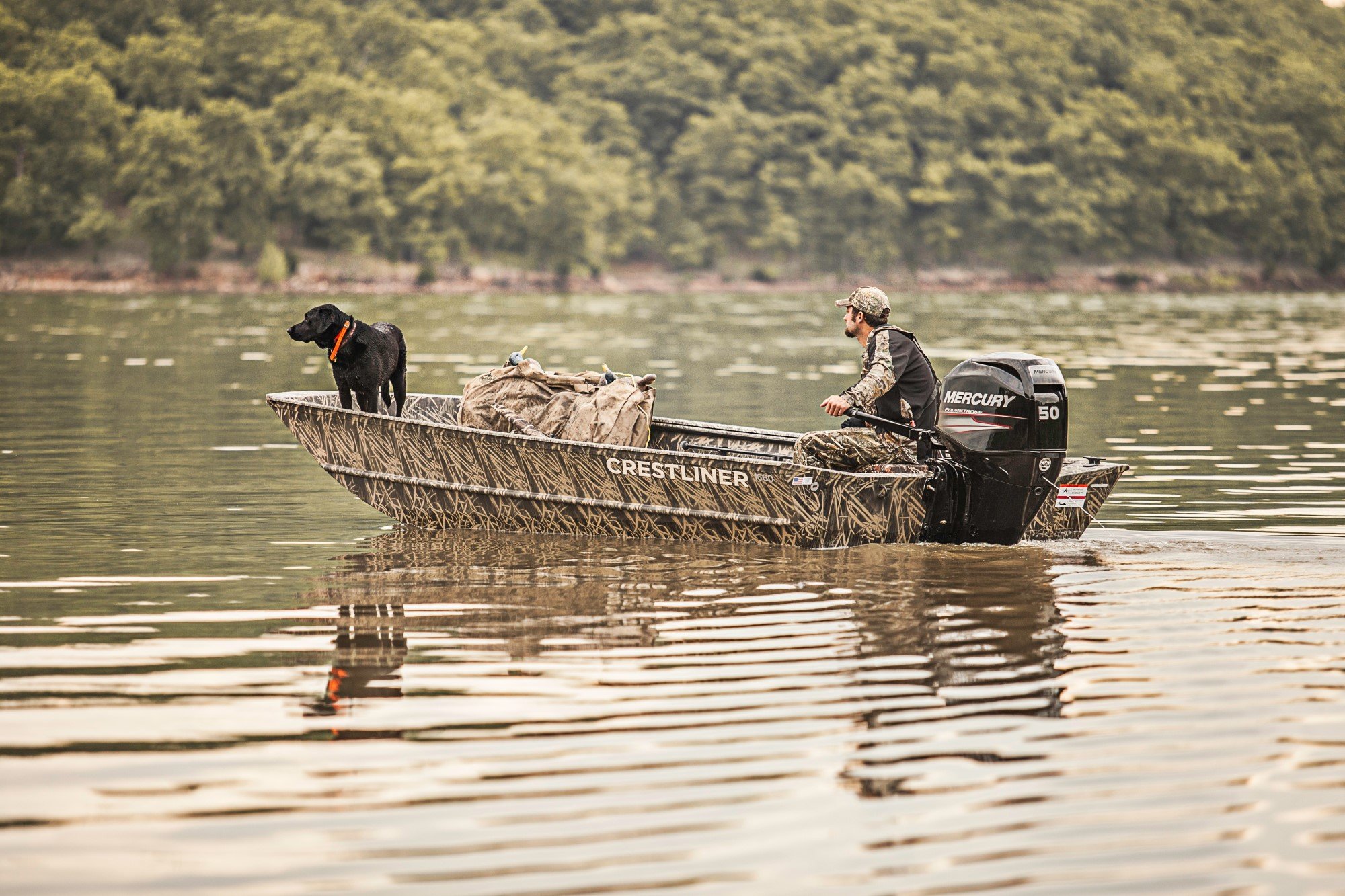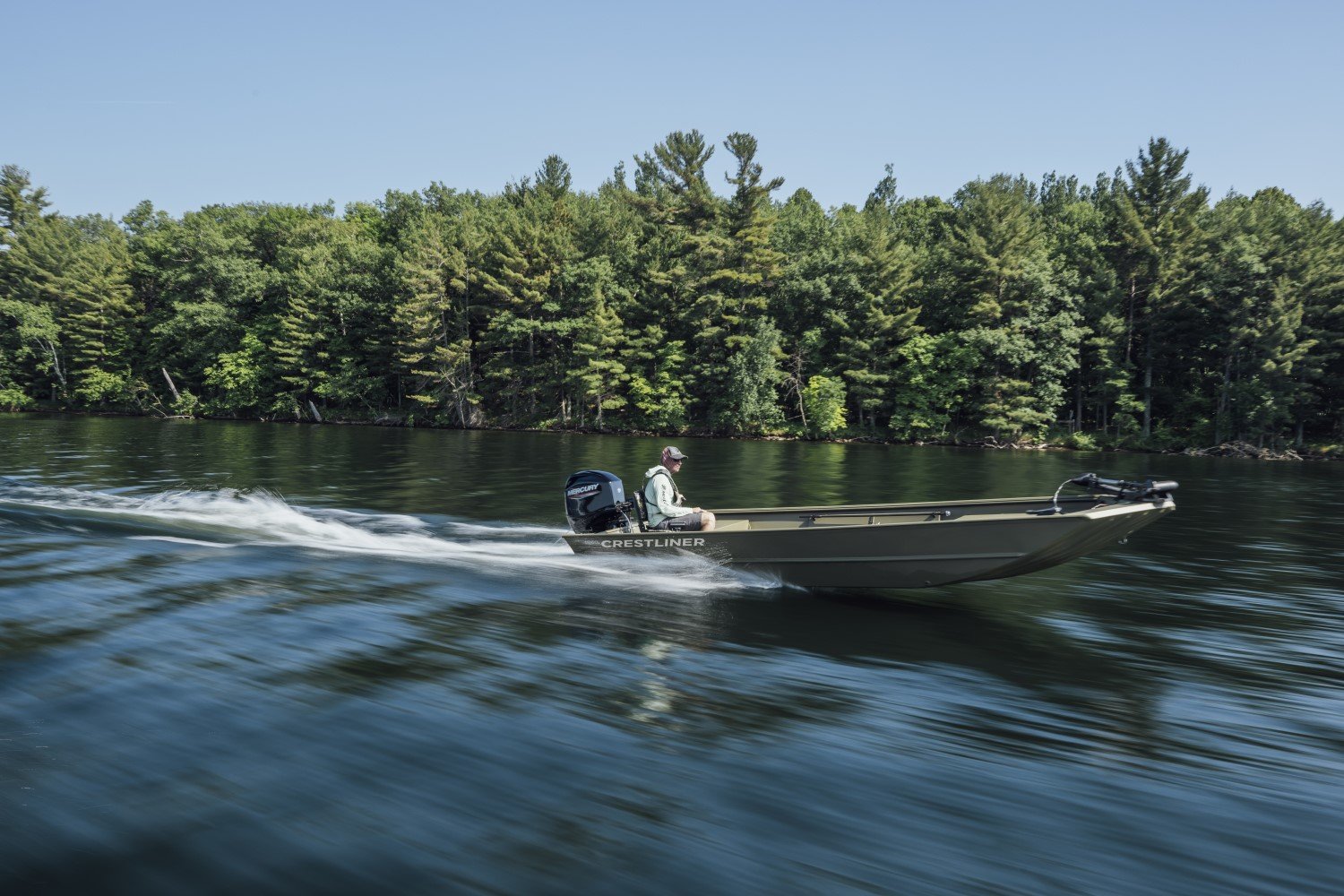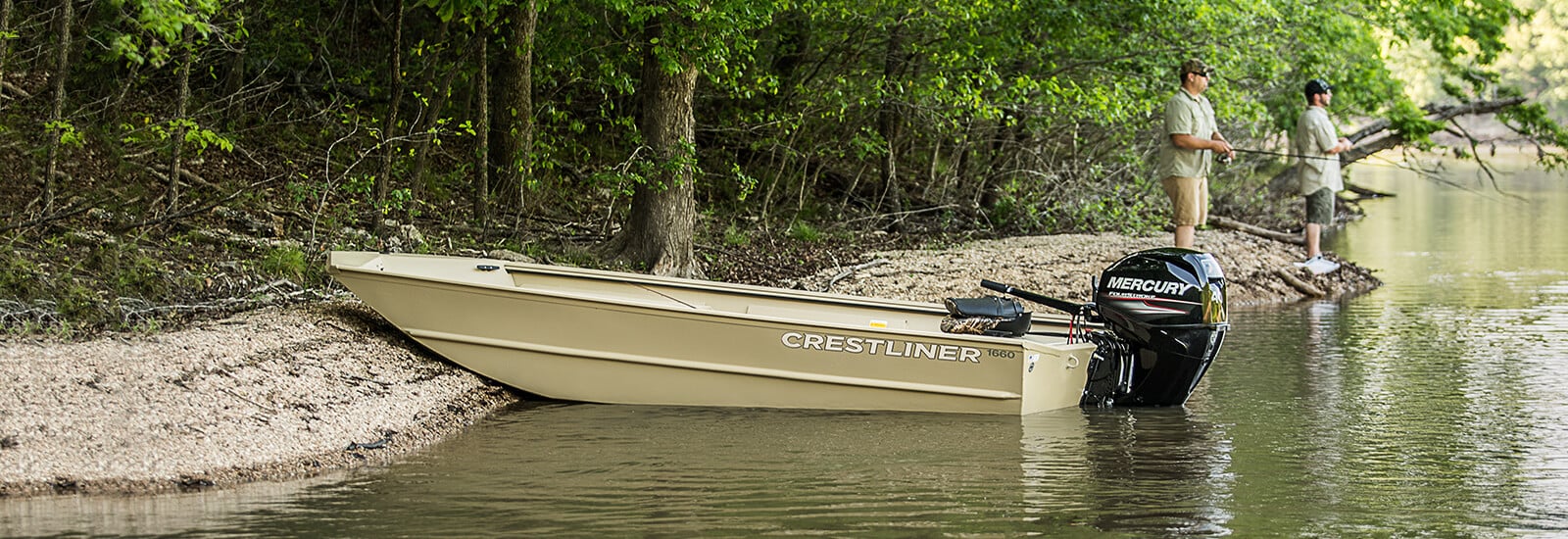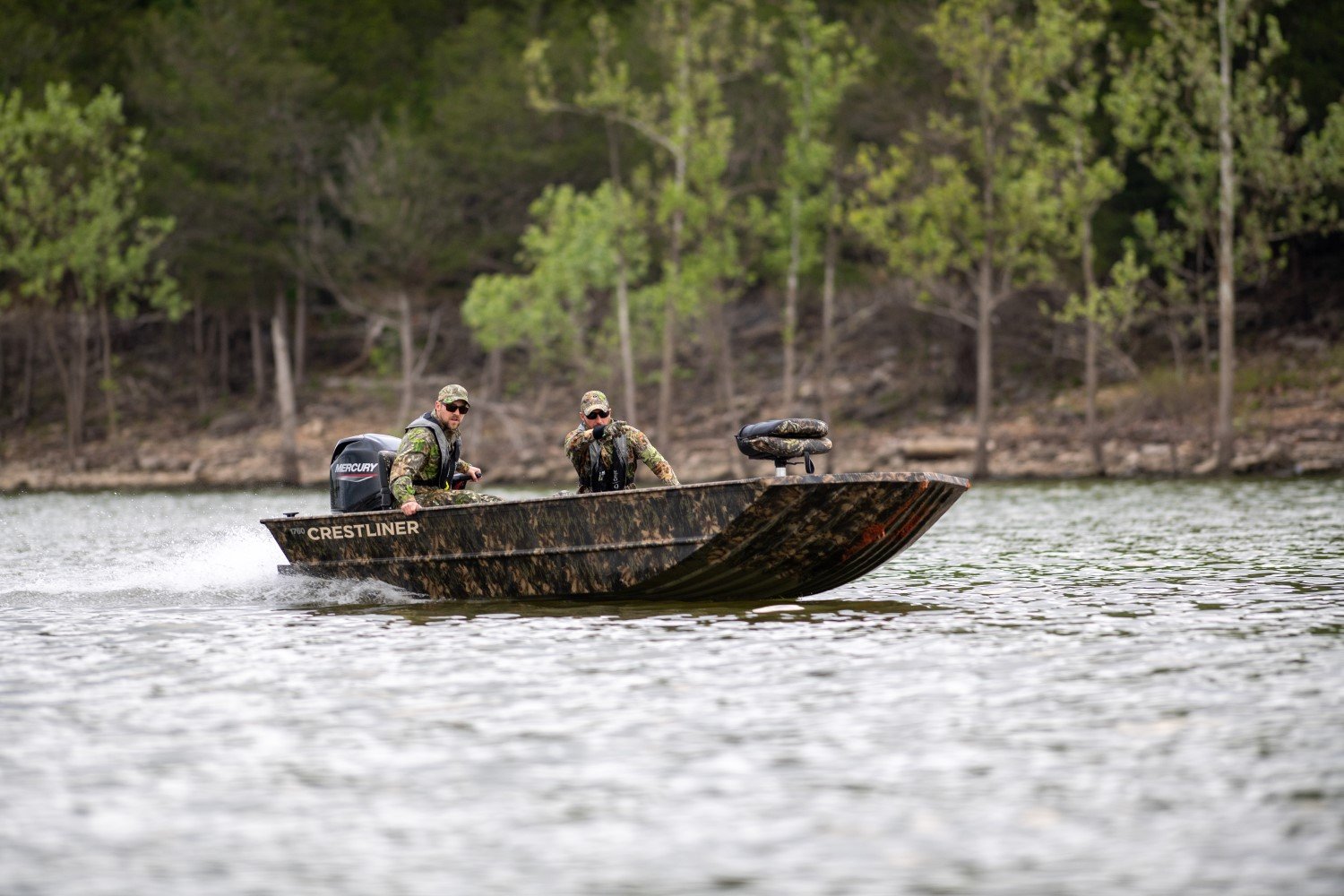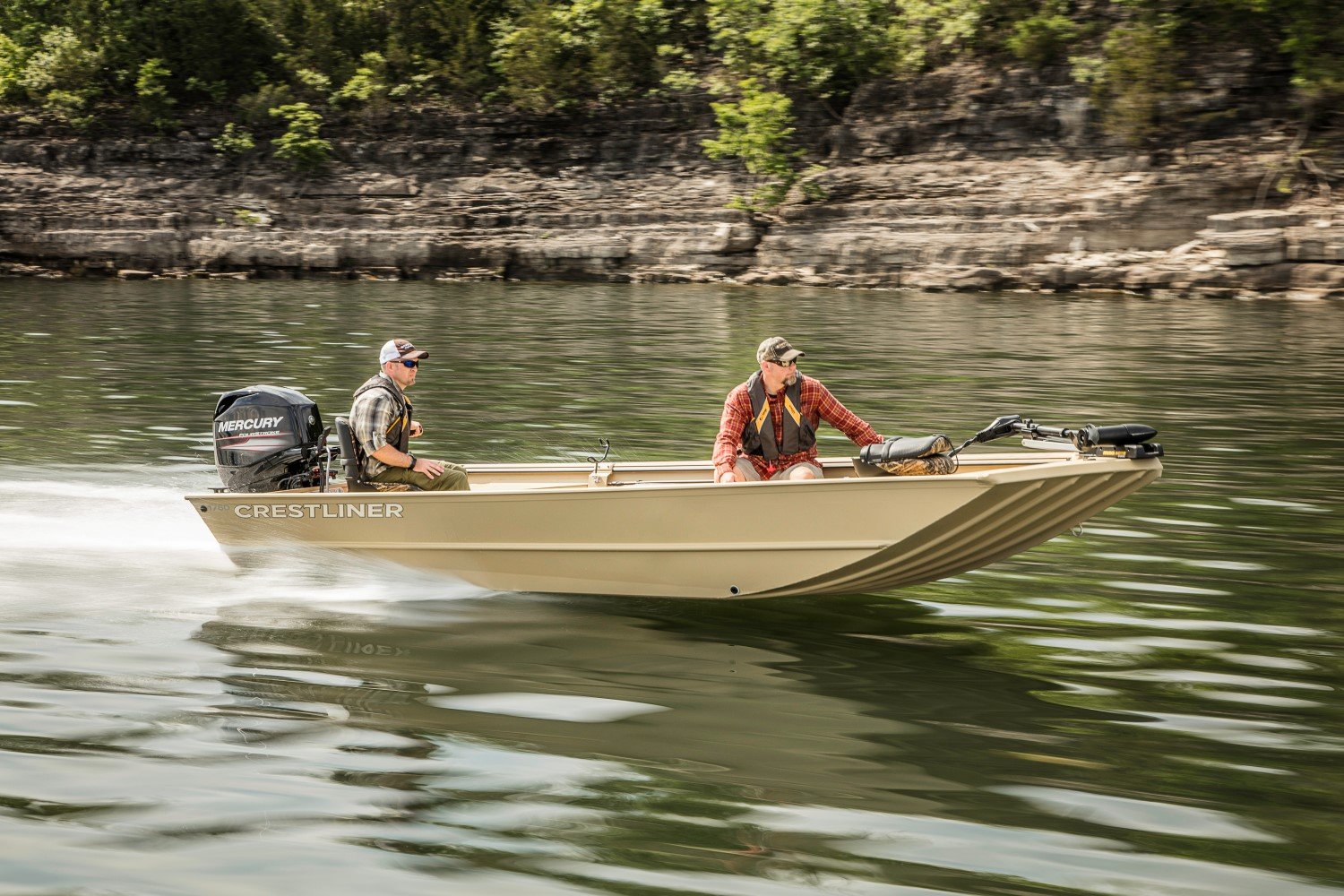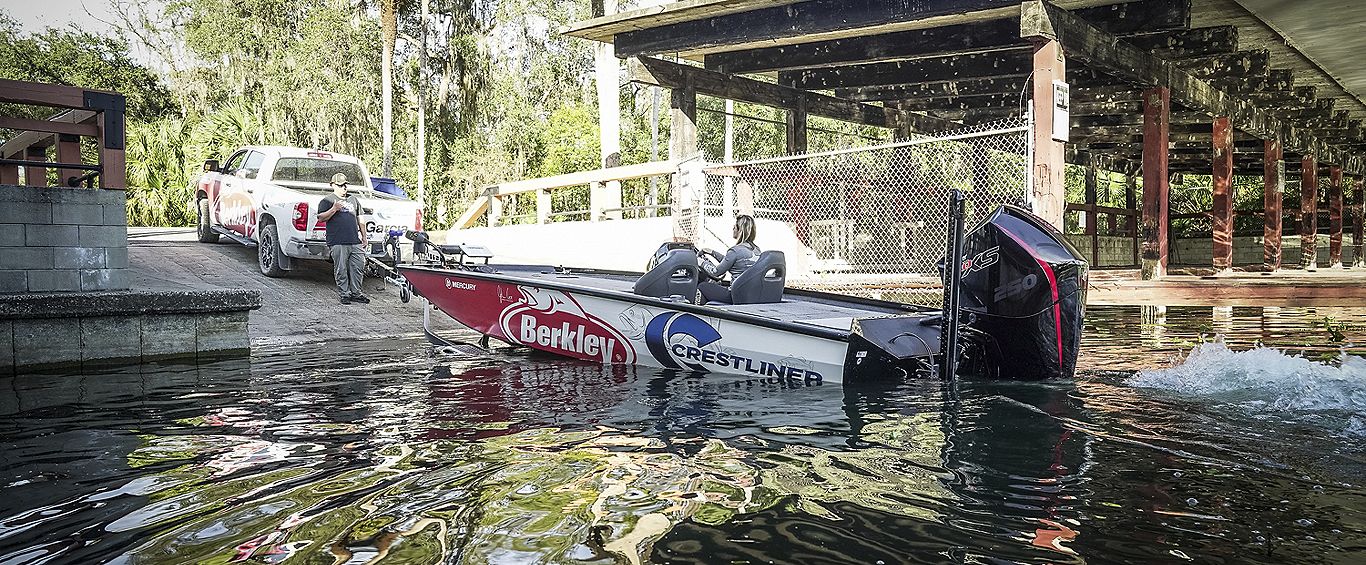One of the best things about owning a Crestliner aluminum fishing boat is that it comes with a boat trailer, which means you can go fishing and boating anywhere your tow vehicle can take you. Keeping your trailer in tip-top shape only requires periodic boat trailer maintenance and inspections. Knowing a little about boat trailer anatomy will help identify the components that need the most attention.
Trailer Tires
Trailer Tires are one of the items most likely to fail on a trailer and should be given special attention. Maintaining proper inflation is the key to preventing uneven wear. Occasionally, unusual wear is the result of misalignment or tire balance problems, which can be corrected by an automotive tire store. You can keep up maintenance yourself by occassionally checking the pressure with a tire gauge, gently wiggling the stem, and listening for a hissing sound, which indicates a pending failure.
To check the tread, just place a penny head-first into the tread recess and if you can see all of Abe’s head, it’s time for a new tire. Few people put enough miles on a trailer tire to wear out the tread; disuse and neglect are more often the cause of failure. Prolonged exposure to sun and weather can cause sidewalls to dry out and crack, so every couple of months, you should spray them with a specially designed tire protectant.
Avoid parking on grass for extended periods. Moisture from the ground can prematurely age tires and can accelerate rust on other trailer components. When storing your boat for the winter, removing the trailer tires and resting the frame on blocks or jacks prevents tire flat-spotting and is also a theft deterrent.
Wheel Bearings
Wheel bearings help keep the wheels spinning freely and are another component that deserves special attention since they are constantly being dunked into the water when warm. Make sure each bearing is well packed with marine grease and periodically check them after driving a few miles with a digital infrared non-contact thermometer, which costs as little as $12. A slightly elevated temperature can identify a potential problem before it gets bad enough to fail.
Trailer Brakes
Trailer brakes can be checked easily by finding a gravel road or driveway and stopping quickly. If the brakes are working, the tires will scuff a small trench. If no marks appear, the brake is not working and the rig should be taken to a boat trailer mechanic for repair. Most brake systems use hydraulic brake fluid, and the level of the tank should be checked monthly.
Other Details
Before each outing, have your fishing buddy confirm brake lights, running lights, and turn signals are all functioning. Keep spare bulbs for quick replacement. Every couple of months, thoroughly inspect the wiring, and spray all electrical trailer connections with contact cleaner. Never use silicone spray!
During each outing, inspect the trailer’s hitch coupler, safety chains, jack, winch, and tow strap or cable. Moving parts on the coupler and winch gears should be lubricated as needed with marine grease. If any fraying of the cable or strap is noted, it should be replaced.
Every couple of months, after launching your boat, inspect the trailer frame, U-bolts, leaf springs, and rollers or bunks. Surface rust on items like leaf springs is normal and can be removed with a wire brush, but if larger pieces are flaking off, it’s time for a boat trailer mechanic to replace them. If you see any rust on a steel frame, immediately sand it and paint it to prevent failure, which could result in a costly boat trailer repair bill. Bare bunks or frozen rollers can damage your boat’s hull, and corrective action should be taken immediately.
After each outing, wash the trailer along with your boat, but avoid using a high-pressure sprayer on components like wheel bearings as it can force water into places it shouldn’t go.
A boat trailer is your passport to go wherever the fishing is hot. A little preventive maintenance and periodic inspections will make sure your boat and trailer won’t be one of those parked on the side of the road.

